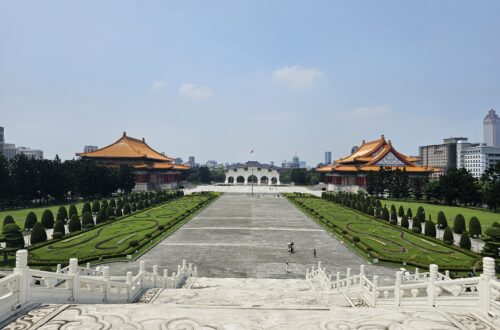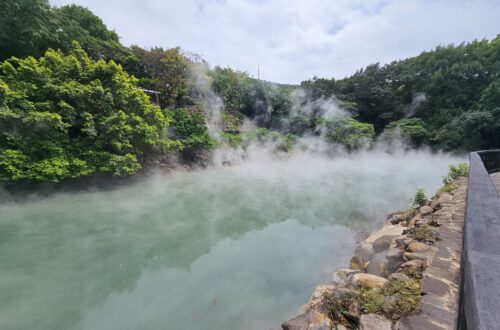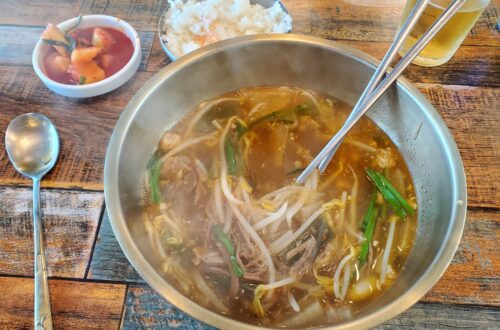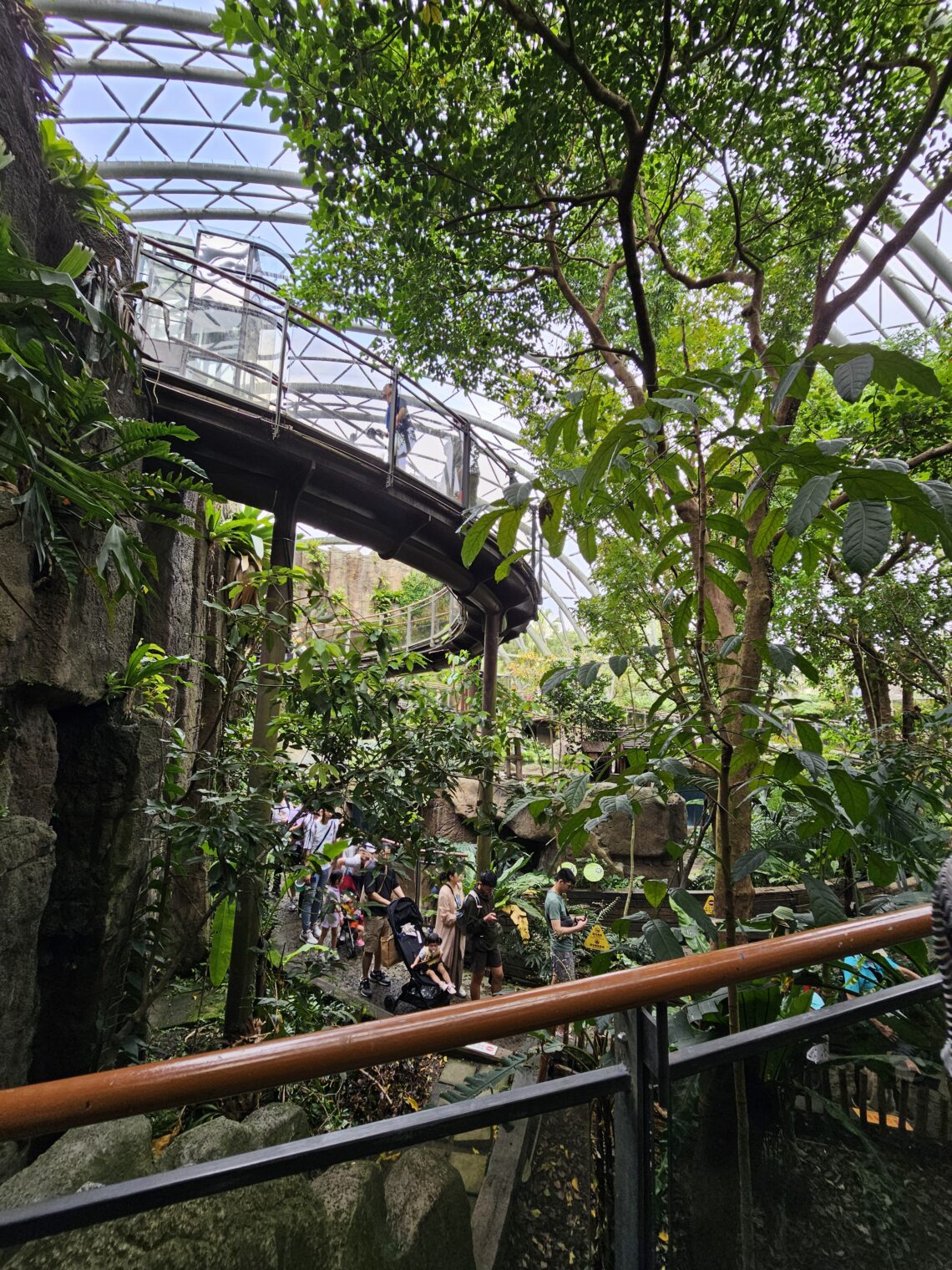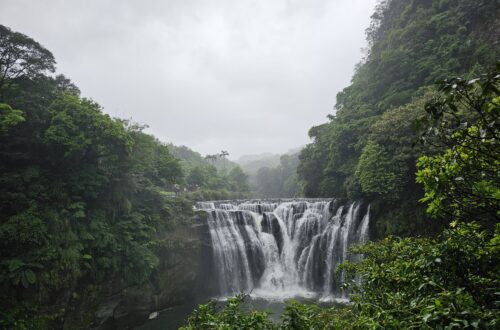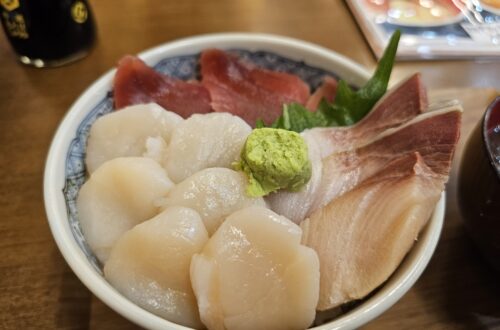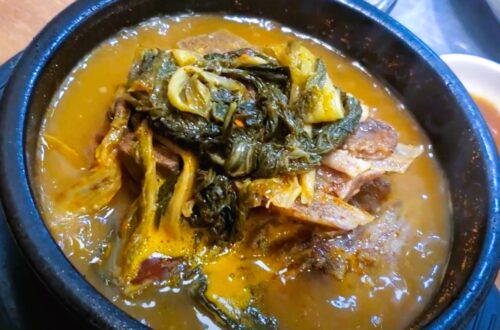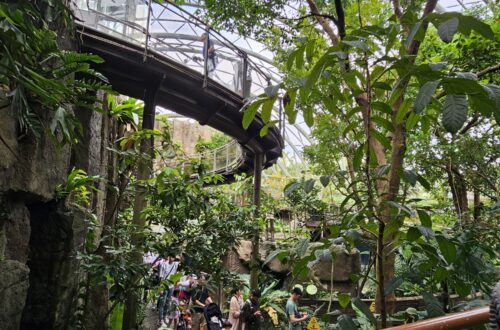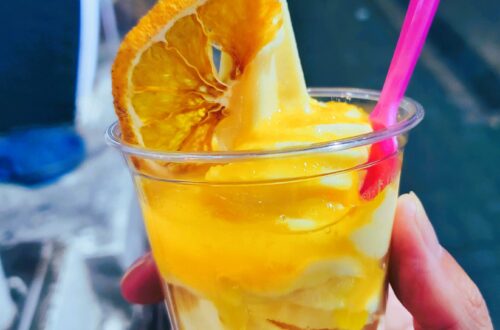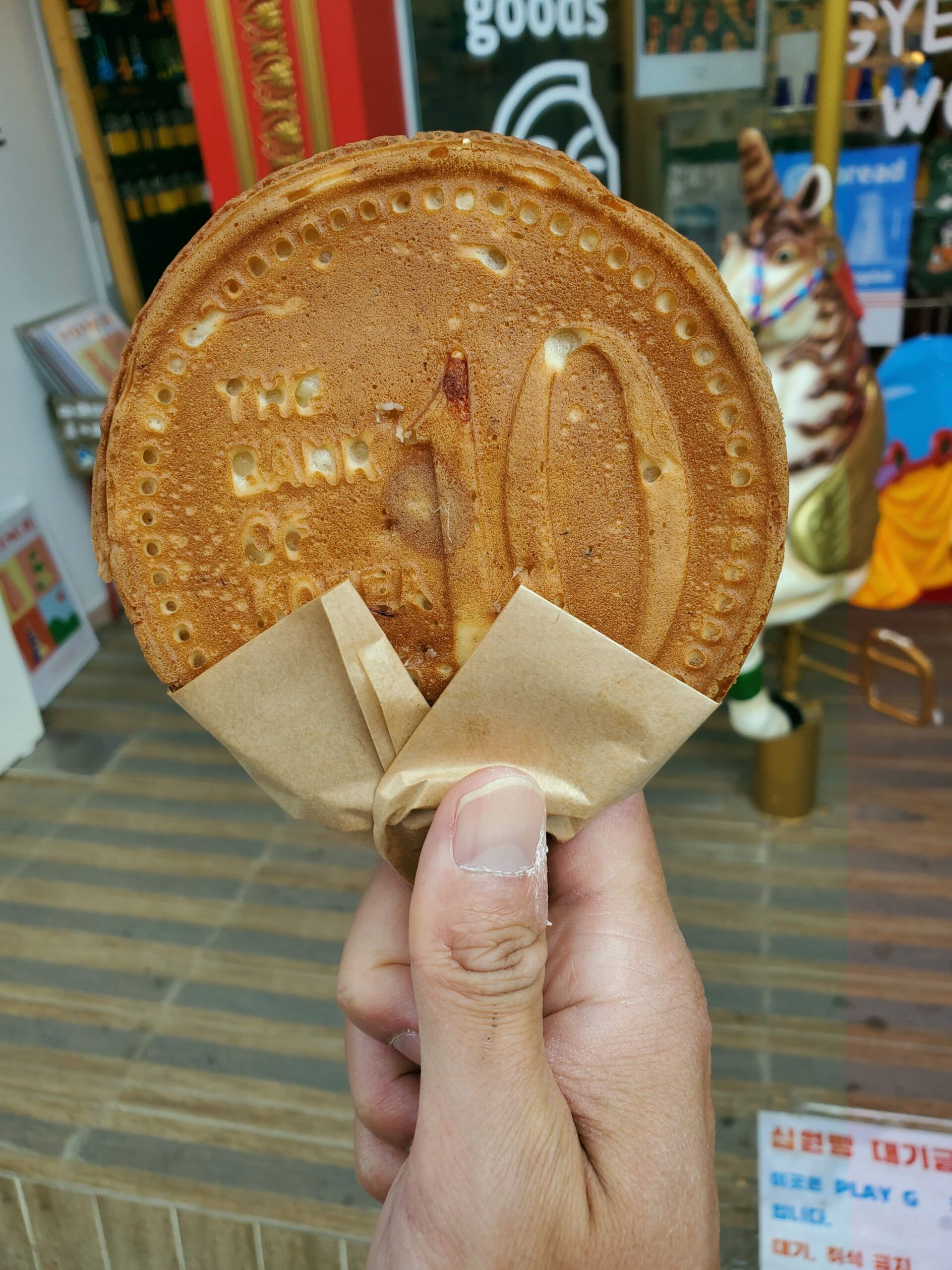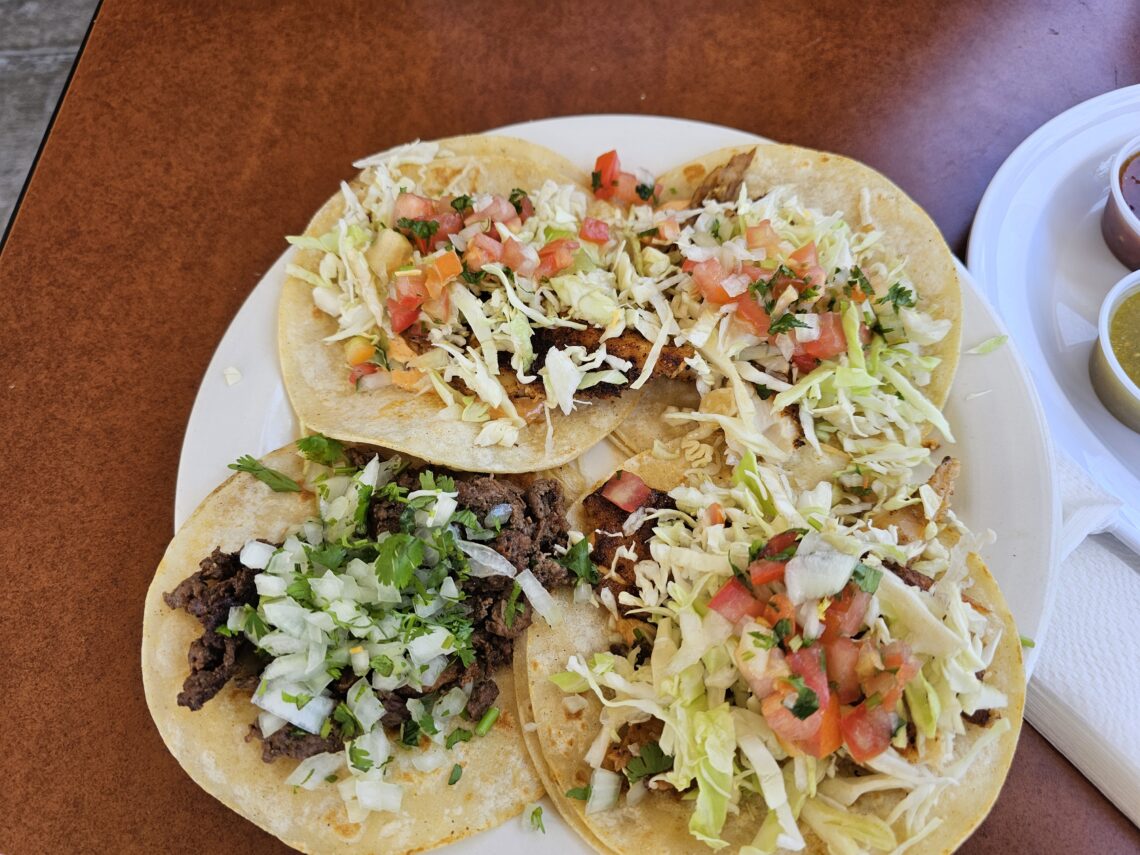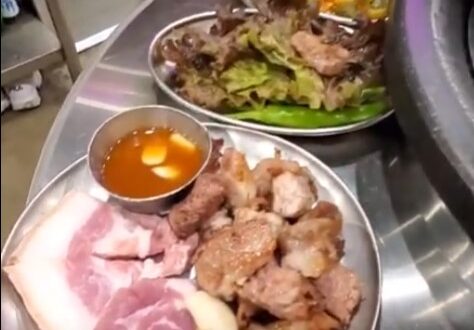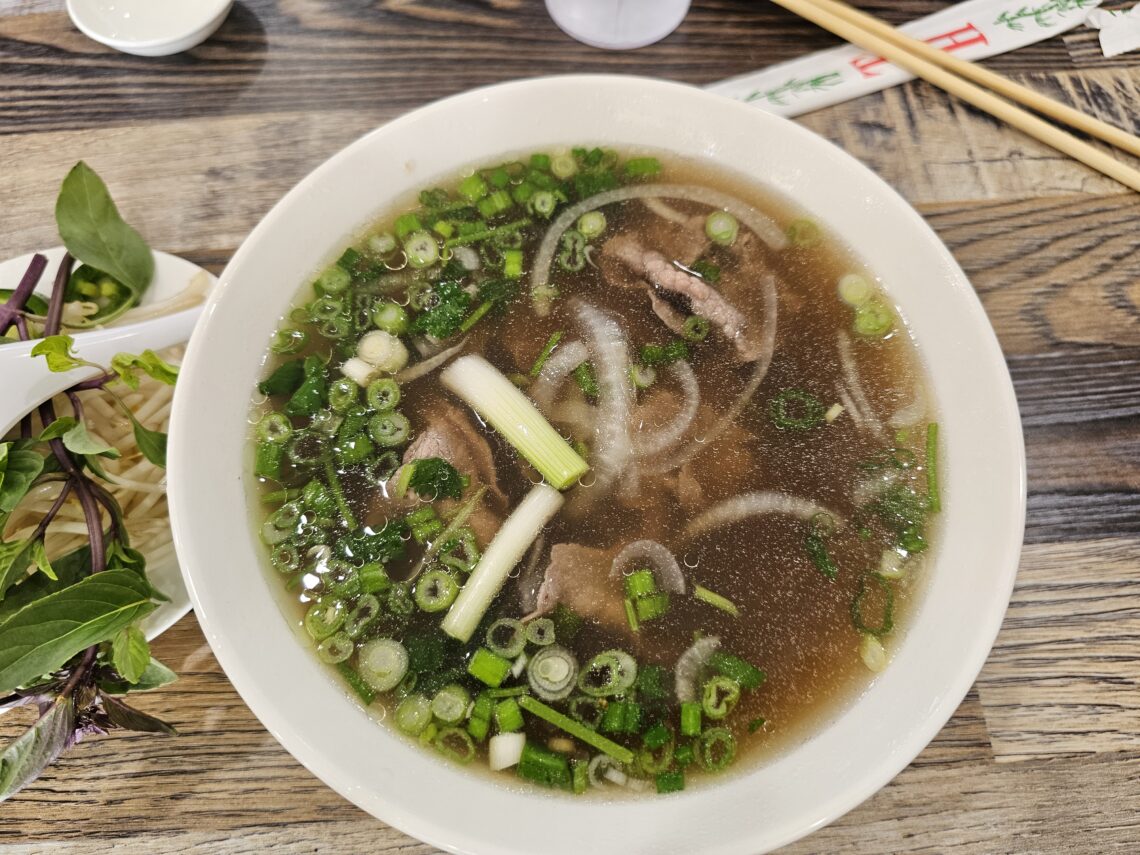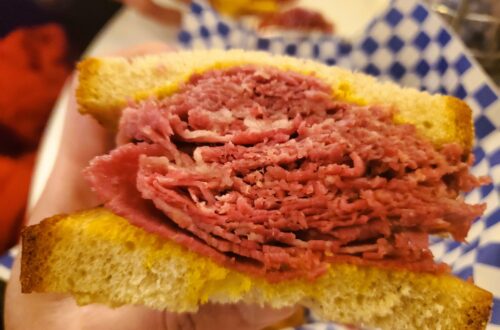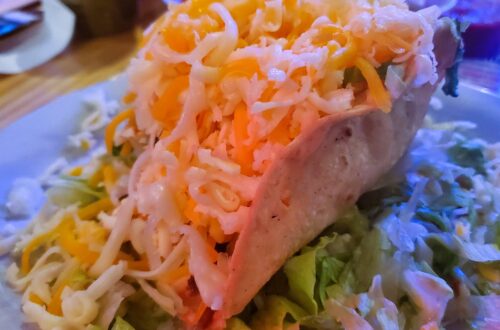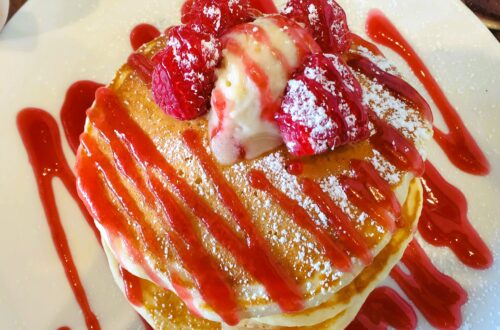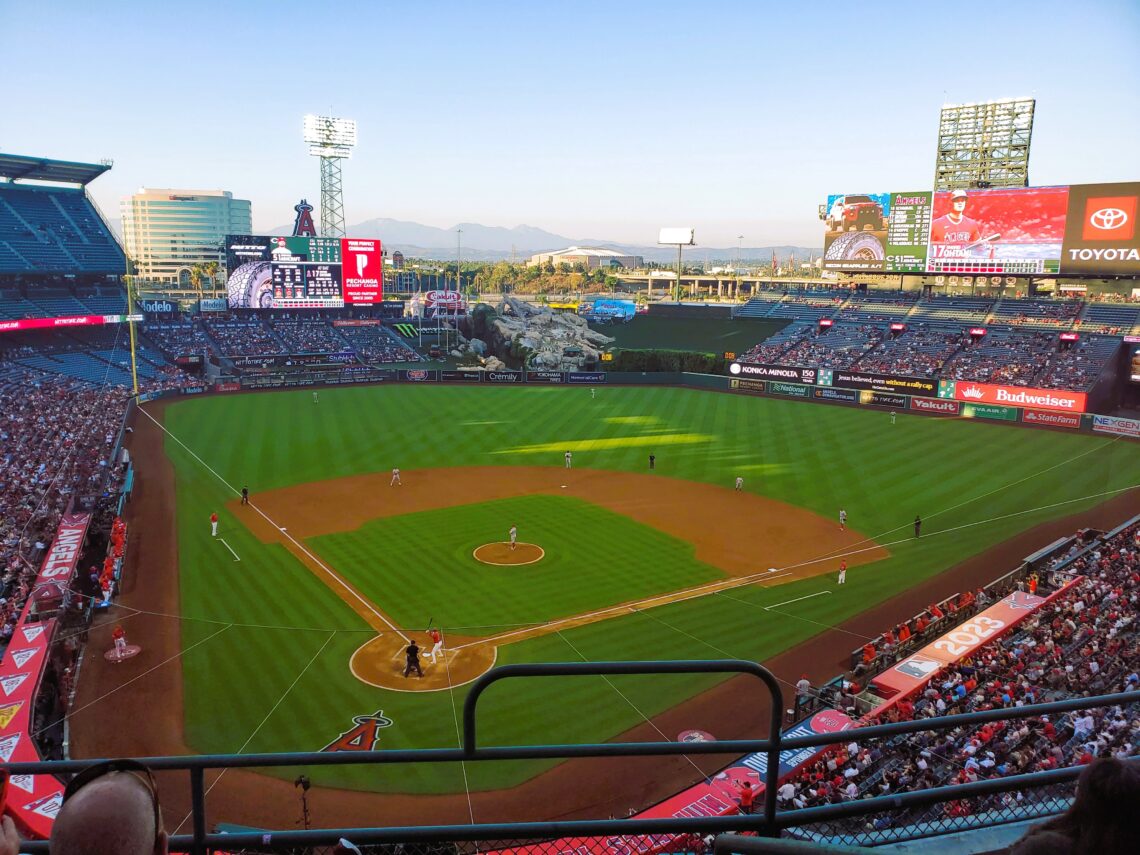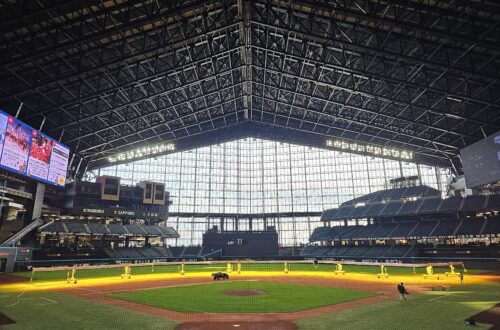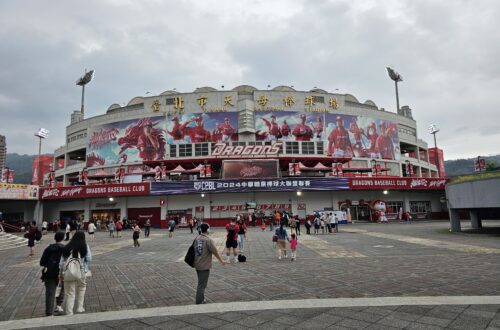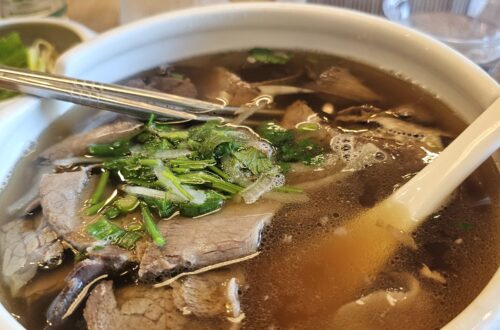-
Watching A Fubon Guardians Game In Taipei Is Both Memorable Experience
The Fubon Guardians
Baseball is an incredibly popular sport in Taiwan. The Chinese Professional Baseball League (CPBL) is the six-team professional baseball league in Taiwan. Established in 1989, the league kicked off its inaugural season in 1990.
Through the years the league has both expanded and contracted , with four defunct teams and one team – the Wei Chuan Dragons that folded and was brought back (in 2020). The stadiums are tiny in comparison to those in the US and Japan but that makes the experience even more intimate and the fan experience even more fun. You can really get a feel for the passion that fans have for Taiwan baseball.
Throughout my time in Taiwan I was able to see games in three of the six ballparks with the Tainan City Unilions playing in every game I saw (coincidentally). So, in a way, and by sheer coincidence, I became a Unilion fan.
Fubon Guardians History
The Fubon Guardians play their home games in the Xinzhuang District in Taipei. The team has gone through several name changes as ownership has changed four times since the team’s initial inception in 1993. The team has from the Jungo Bears to Sinon, Bulls to EDA Rhinos, to the current Fubon Guardians.
Playing in Taipei, the Guardians are one of two teams in Taiwan’s capital. Taipei is the only city that currently has two teams. The Guardians play their home games at Xinzhuang Baseball Stadium which can seat up to 12,500 people. The stadium is in the middle of a large sports park.

The Game Experience
Tickets are easy to come by and you can easily walk right up to a ticket booth the day of the game and purchase a Fubon Guardians ticket. They have a variety of seating options to choose from and seats are very affordable. I got a seat along the first base line at field level for only 500 NTD ($15.58 USD).
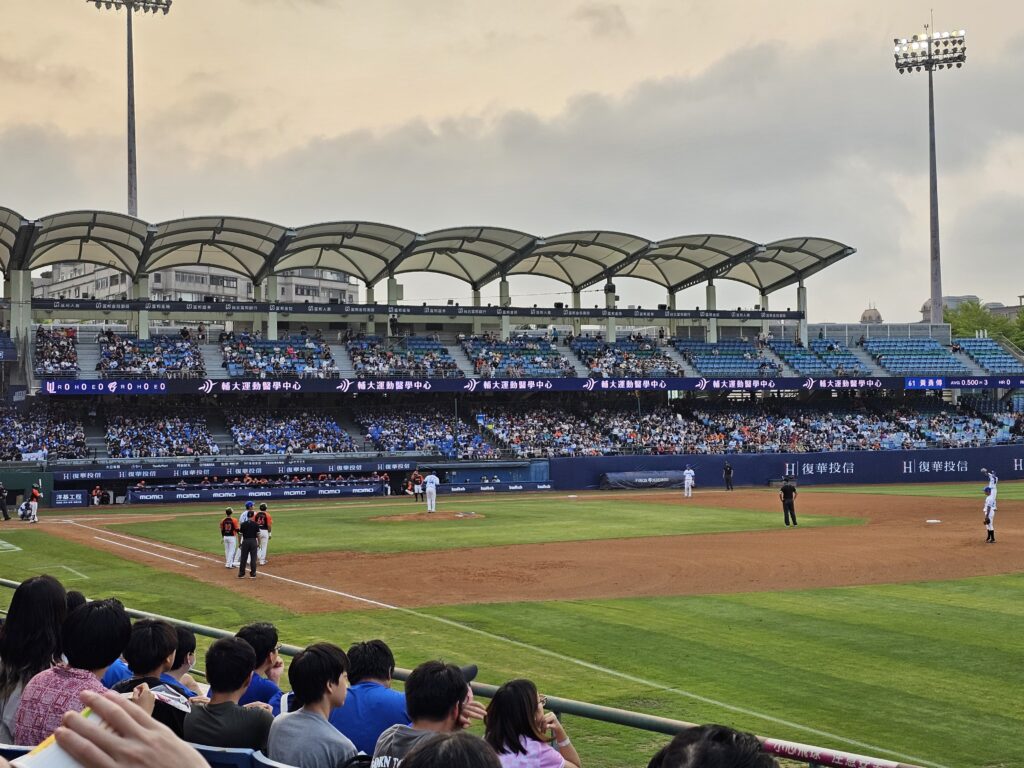
You can bring in outside food and drinks and I just walked right in with a backpack with no one checking it or anything. I could certainly tell I wasn’t going to a baseball game in the US.
Of course, being in Taiwan the concessions were are a little different than what you might find in the US. There’s Taiwanese fried chicken, boba tea, sushi, a Family Mart (a popular convenience store chain in Asia), and many other stalls selling Taiwanese centric food and snacks.
There’s also familiar fast food places like McDonald’s and Dominos here too. I grabbed some fried chicken, a bag of seaweed flavored chips and a tea and soaked it all in.


Even though the stadium was small and not overly packed, it was very lively. The fans and enthusiasm was awesome. There’s essentially what amounts to a “hype man” that leads the crowds with singing, chants, and various arm movements, the ENTIRE game. This doesn’t fall onto deaf ears with the crowd very much engaged and following the “hype man’s” lead. Everyone is chanting, singing, and mimicking the “hype man” so it does get pretty loud. The crowd also goes wild with every ball in play. A hard hit ball, a double play, a fly out, there’s a lot of oohs and ahhs and genuine excitement for routine baseball plays.
There’s also Guardian cheerleaders, yes, cheerleaders at a baseball game, that are on top of the dugouts dancing. It just adds to the entertainment value and atmosphere of the game and really fits right into everything that’s going on.
I’ve been to a baseball game in Japan and this was a very similar atmosphere albeit in a smaller size. It’s so much different than watching a game in the US. The fans are there having a great time, are really engaged in every pitch, and are super passionate for their teams which they aren’t afraid to show! It’s a really fun time and is great way to wind down after a long day of doing touristy things.
-
Is Shilin Night Market A Great Night Market To Visit In Taipei?
Shilin Night Market is one of the largest, if not the largest, night markets in not only Tapei, but all of Taiwan. This makes Shilin one of the most popular night markets in the city, especially amongst tourists.
Table of Contents
The Shilin Night Market History
The Shilin Night Market dates all the way back to 1909, so it’s definitely been around and has a long history. It originally started out as a day market, with two long market buildings built across from the Shilin Cixian Temple.
These buildings were quite popular and busy and space within them were soon snapped up. Due to the lack of space within the market buildings, vendors and stores began opening up and spreading throughout the neighborhood. Through this growth and popularity over decades, the market morphed into the Shilin Night Market we see today.
At its peak the market was home to over 500 stalls. I’m not sure if there’s that many today, but the market is definitely expansive, with a ton of stalls to explore and more importantly eat at!

The Shilin Night Market Food
Like at every food market that has a million different food stalls, deciding on what to get can be very difficult since there’s SO many different options. As someone that is always eager to try new foods it can be very difficult to decide on what to get since I only have so much stomach space, lol. This is what I ended up getting during my visit to Shilin Night Market.
Cheng Zu’s Pepper Pork Buns
I had seen some videos about these buns so this was definitely a place I was looking forward to trying.
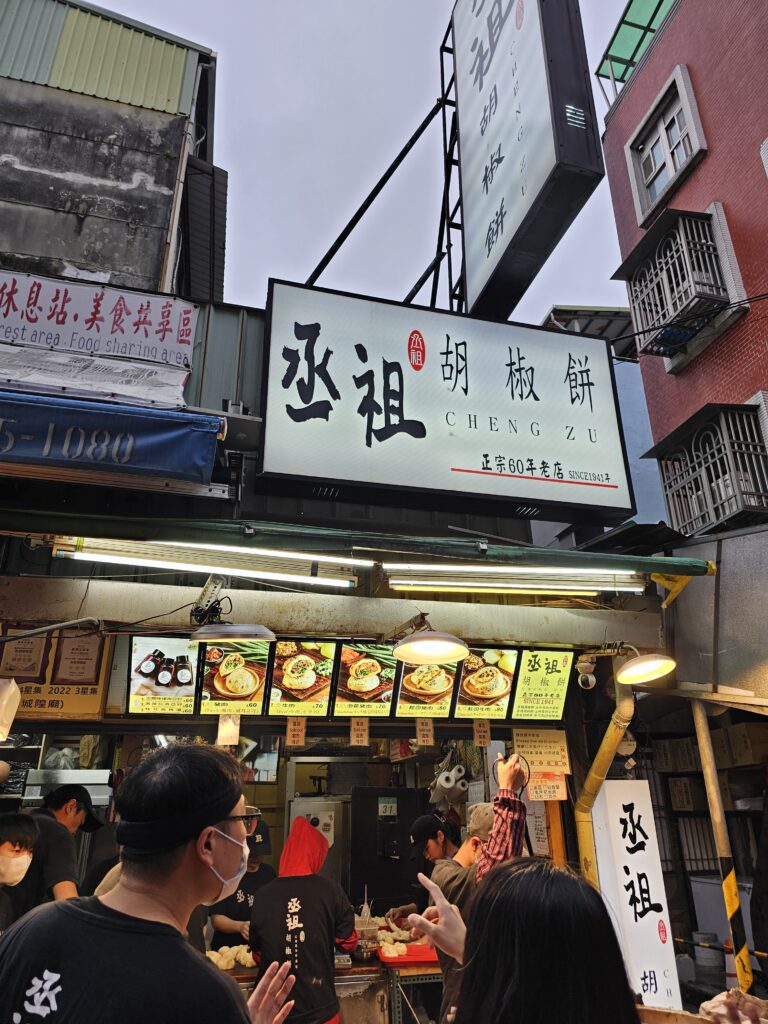
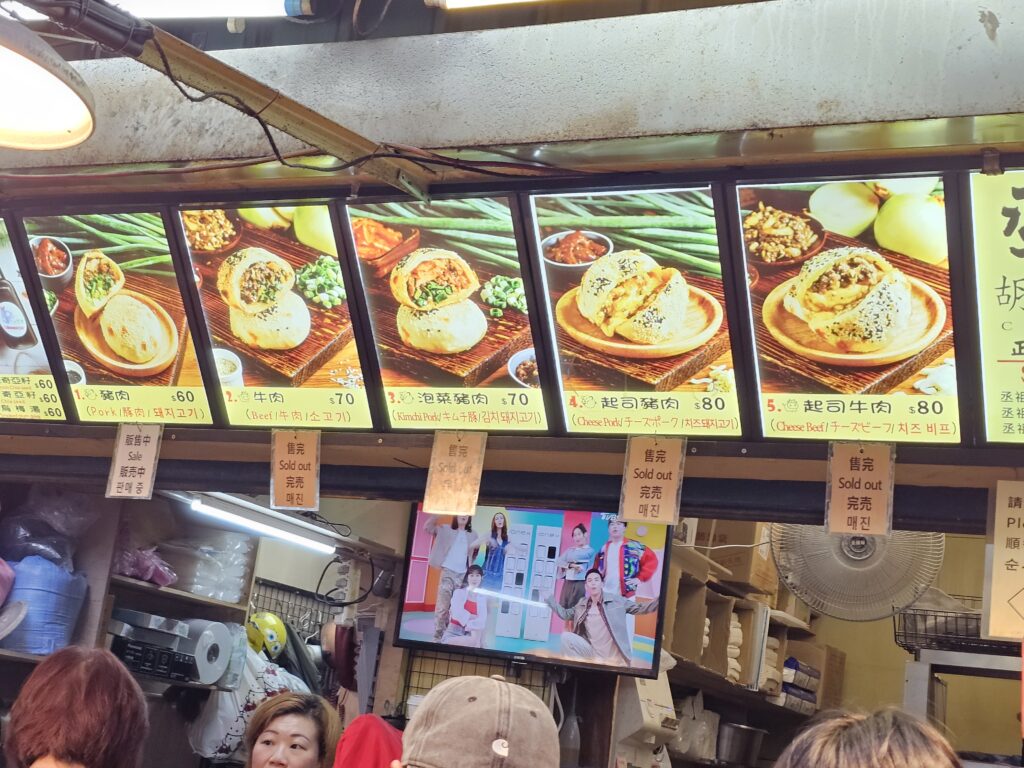
They have a few variations of these buns, and as you can see by the “Sold Out” tags underneath the majority of these options, they’re very popular. I got here early as well, around 530 pm, which is early and most everything was sold out already. Luckily, the OG pork buns, the option that I would have wanted anyways was still available. I got two of them (120 NTD, $3.75 USD).
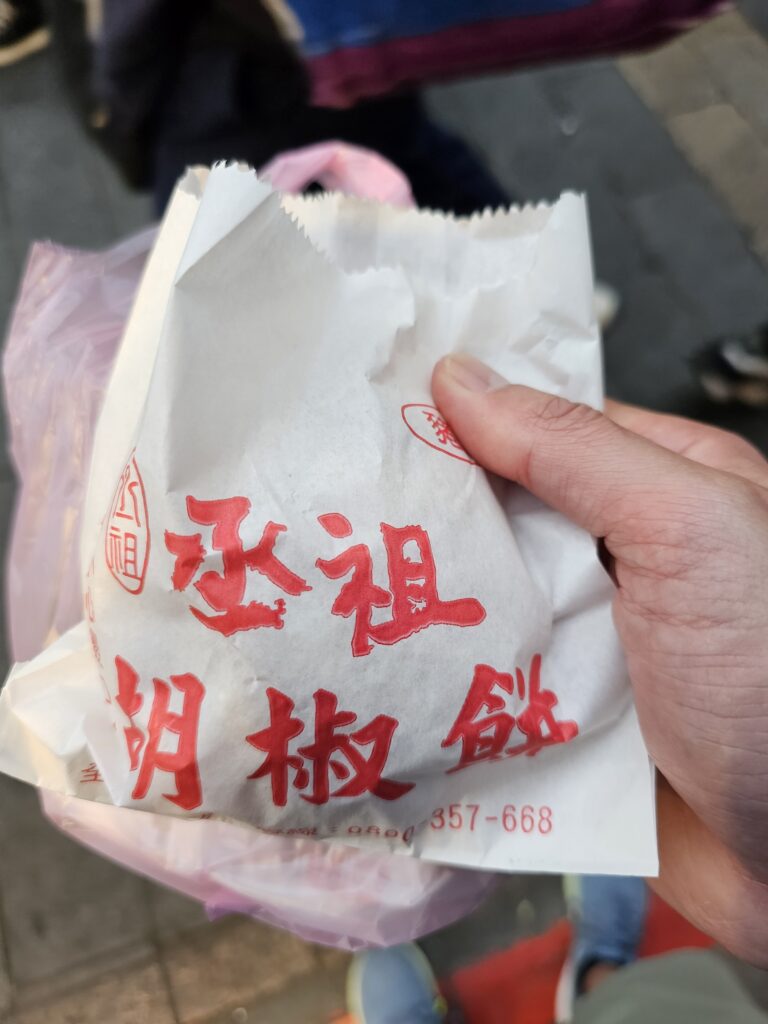
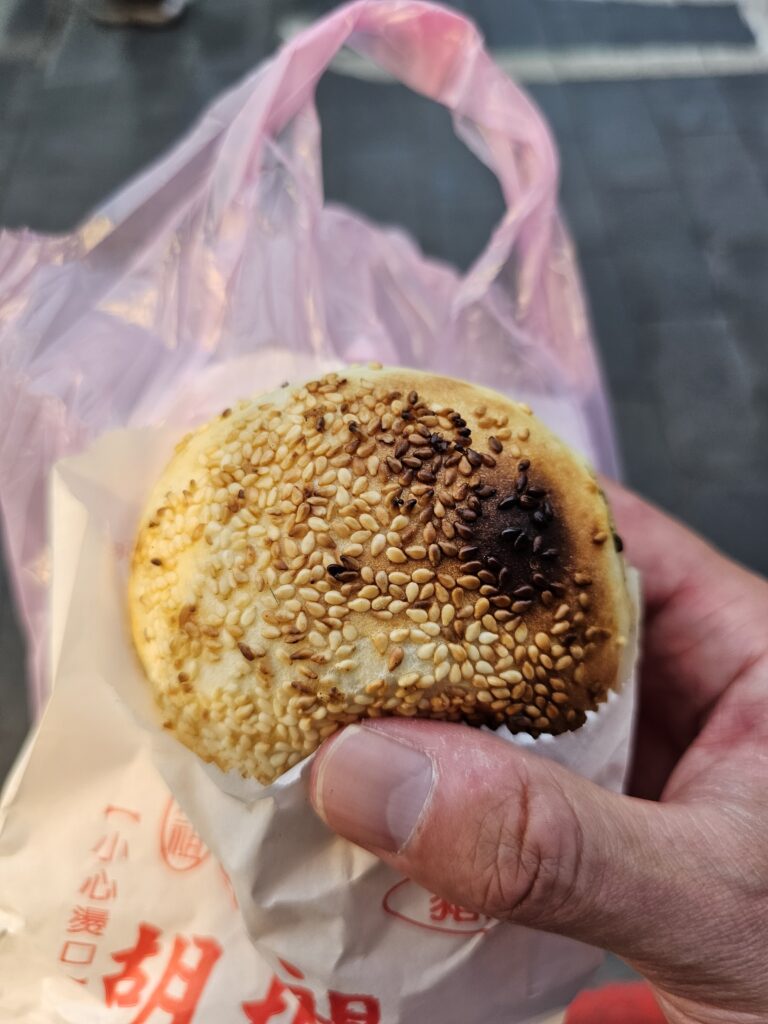
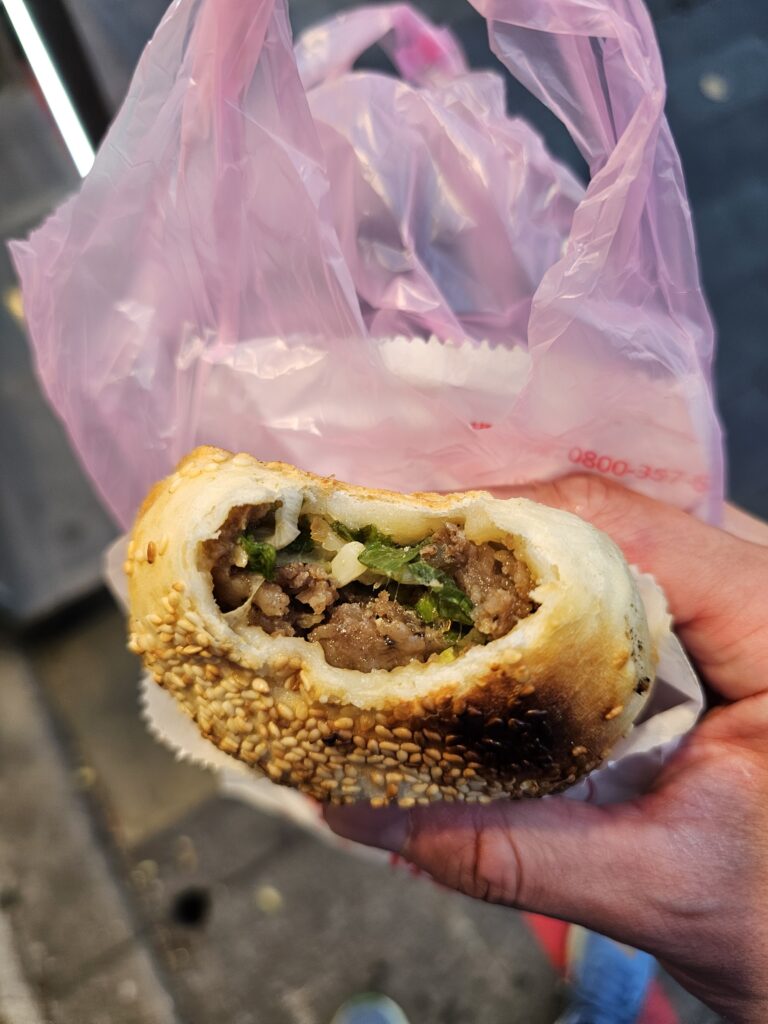

First off, these things come out PIPING hot. Even holding them with the paper wrapper was hard since they were so hot. Secondly, these buns were BIG. I wasn’t expecting them to be as big as they were. Definitely well worth the price.
The buns are nicely roasted, with a little bit of char and heavily coated with sesame seeds on the exterior. When you take a bite, you better take it with caution, due to the amount of scaldiong hot juice coursing through these. I took a bite and some juice went squirting out of it past my shoulder. Luckily, there wasn’t anyone walking by at that time lol.
Nice and crunchy on the outside, the inside was nice and doughy. You can really taste the freshness of these. Not only were these buns packed with juice, there was also a LOT of meat in there as well. It’s a really well-seasoned, juicy filling, that has a strong peppery taste to it. There’s onion and another green veggie in the filling. Not sure what it was, it wasn’t green onion though. These were really good and a great way to kick off the night. My lips were burning from all that peppery goodness for quite a while after I dusted these off which speaks to just how seasoned they were!
Peanut Ice Cream Roll
I located a small stall selling peanut ice cream rolls in the Shilin Night Market near Cheng Zu’s and knew what I was eating after I dusted off those pepper buns. This was something I had seen in YouTube videos of Taiwan night markets and was looking forward to giving these unique treats a try.
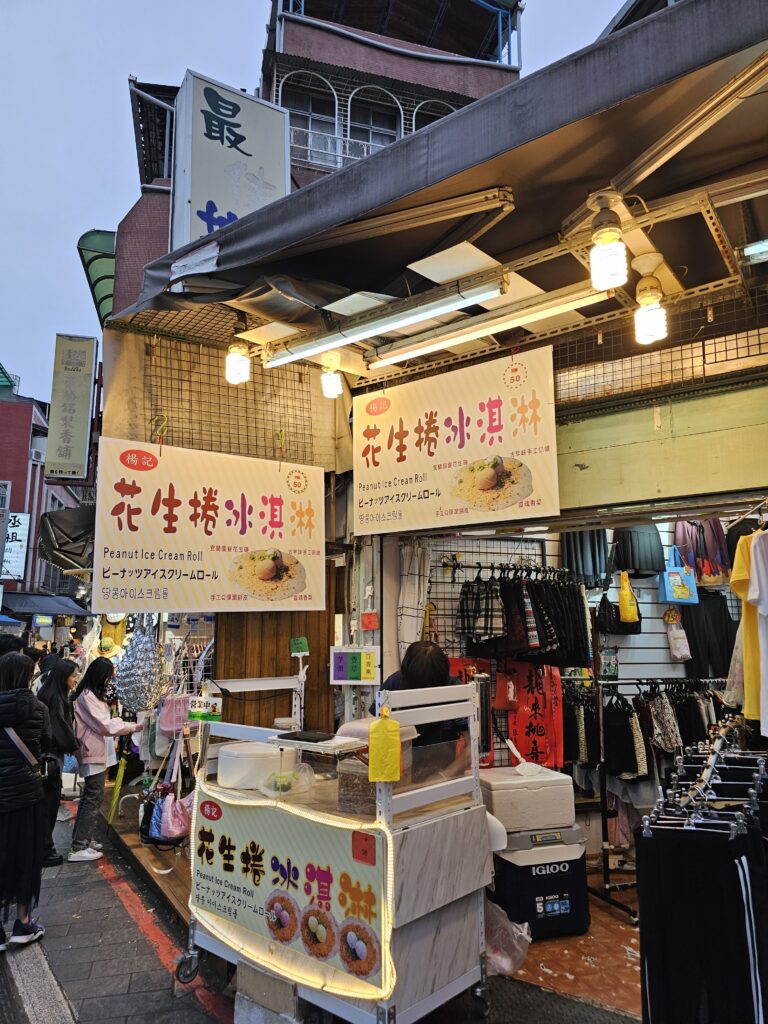
Why are they unique? These are called a “roll” but to me it was pretty much a dessert burrito. The “tortilla” in this instance was a thin roll, which reminded me of a spring roll. It’s not quite that but the texture of it was similiar and was the thing I instantly thought of.
Within this “burrito” is shaved peanut brittle. These are big blocks of Taiwanese peanut brittle which they literally shave down and then use those shavings in the “burrito”.
After a nice layer of this covers the “tortilla”, two scoops of ice cream were added. Popular flavors are taro, pineapple, passion fruit, and vanilla. I opted for vanilla here. The ice cream is more icy than creamy too, which seems to work well here.
The last ingredient added was cilantro. Yes, cilantro! It’s not something you’d associate being paired with a sweet dessert with peanut brittle and ice cream and yet it’s a key ingredient here.

This was the end result, hence the burrito comparison!
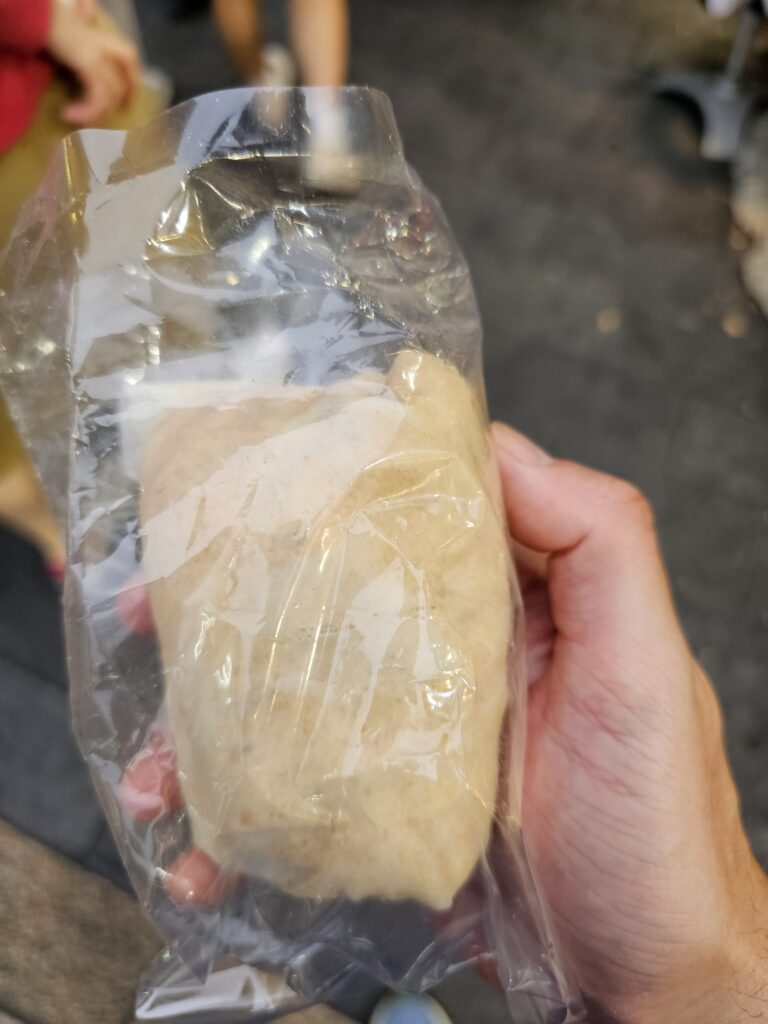
It somehow all works. The combination of all the ingredients, the roll texture, ice cream, peanut brittle shavings, and ESPECIALLY the cilantro, just seem to jive well with on another. From the textures of the roll, the sweetness from the ice cream, slight crunch from the peanut brittle shavings, and the diffent kind of crunch and flavor from the cilantro, it just works. This roll was a very light dessert and extremely tasty and was very cheap (50 NTD, $1.56)!
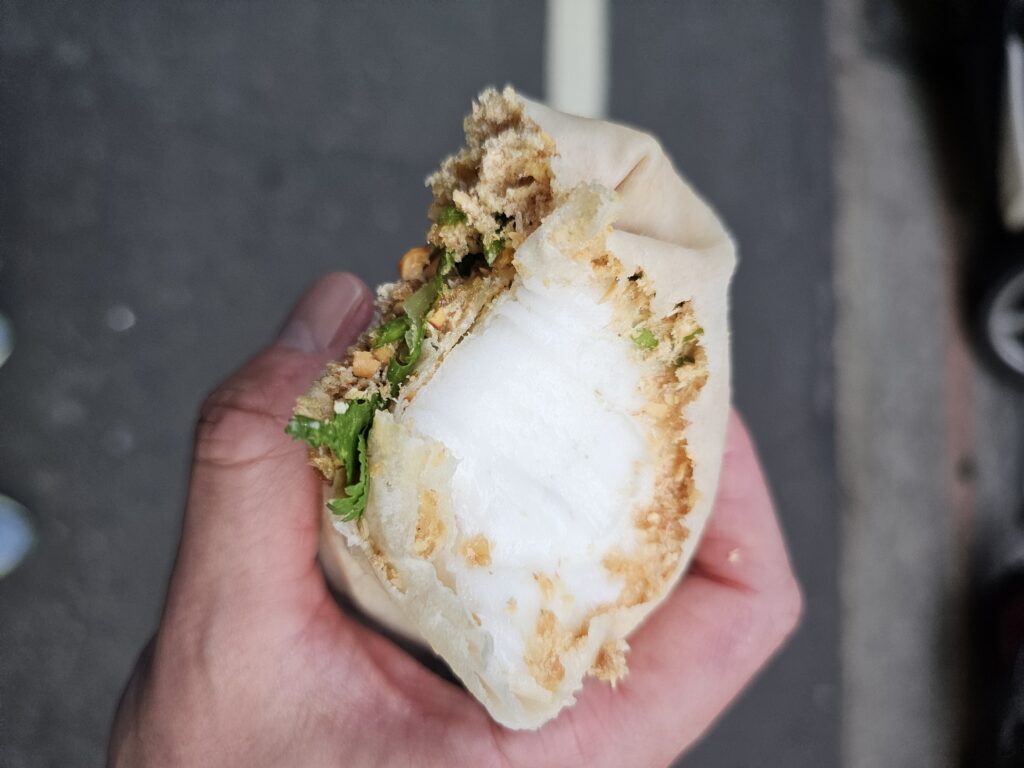
Deep fried crab meat on a stick with spicy sauce
This wasn’t something that was on my list of “must try” items but was something I came across while walking through the Shilin Night Market. I love all things crab and all things on a stick, so this was just too tempting to pass up, lol.
It also helped that it looked like a big chunk of crab and a lot of interesting dips and seasonings you could coat the crab with. I grabbed one of them and got it coated in a spicy sauce (80 NTD, $2.50 USD)
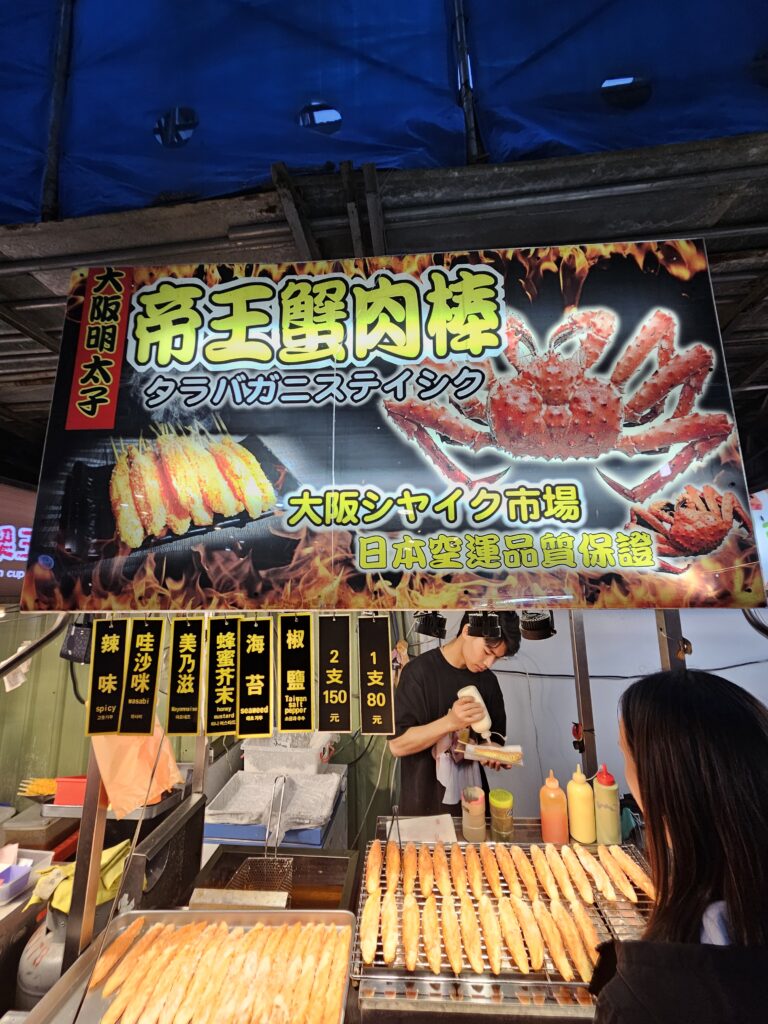
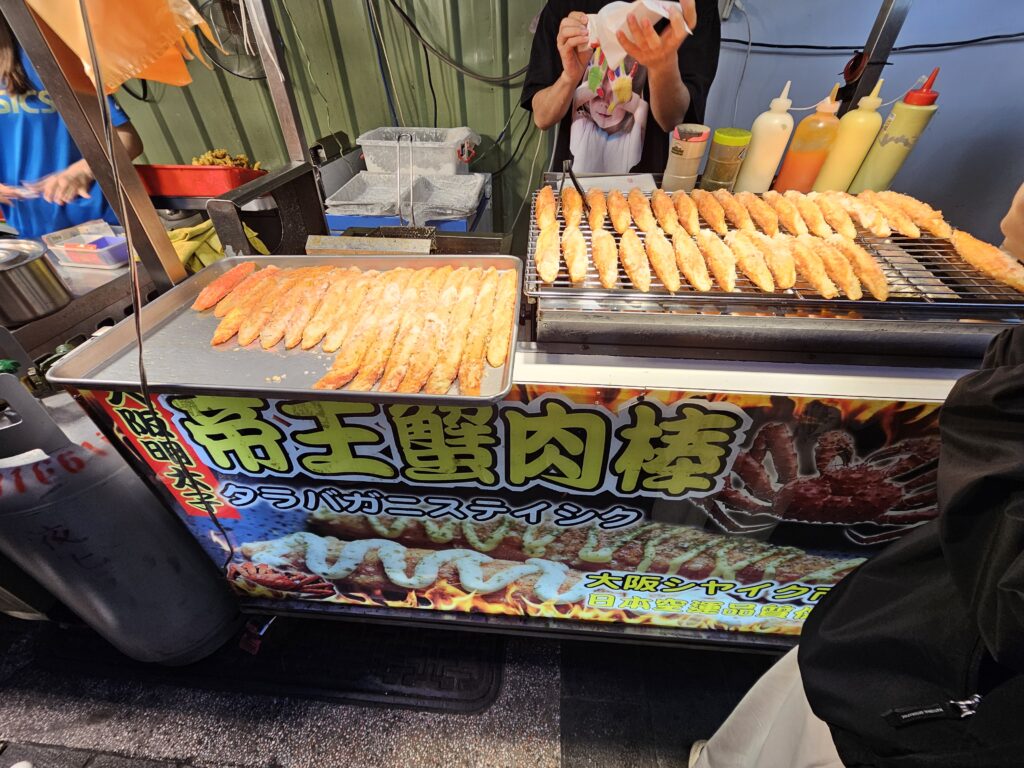
The crab meat was quite sweet. It wasn’t fried for long, just a quick dip, the outer coating and crab itself was soft. The meat wasn’t very firm at all. The spicy sauce added a nice kick. It was a little tangy, a little sweet and savory with a decent spice to it. Overall it was pretty solid, nothing to really write home about, but pretty tasty and enjoyable.
Taiwanese cold noodles with sesame sauce
This stall earned a Michelin star back in 2019 and 2020 and was clearly a very popular place. There was a pretty sizable line into the restaurant and they also had a bustling to-go set up as well. This to-go area was nicely organized and efficient. Even though this line was also busy, the line went fast.

I got a small noodle cup (50 NTD, $1.56 USD). The sauce is defintely on the thicker side and really coats the noodles well. The noodles reminded me of ramen noodle and were pretty firm, tasted pretty fresh and were overally solid.
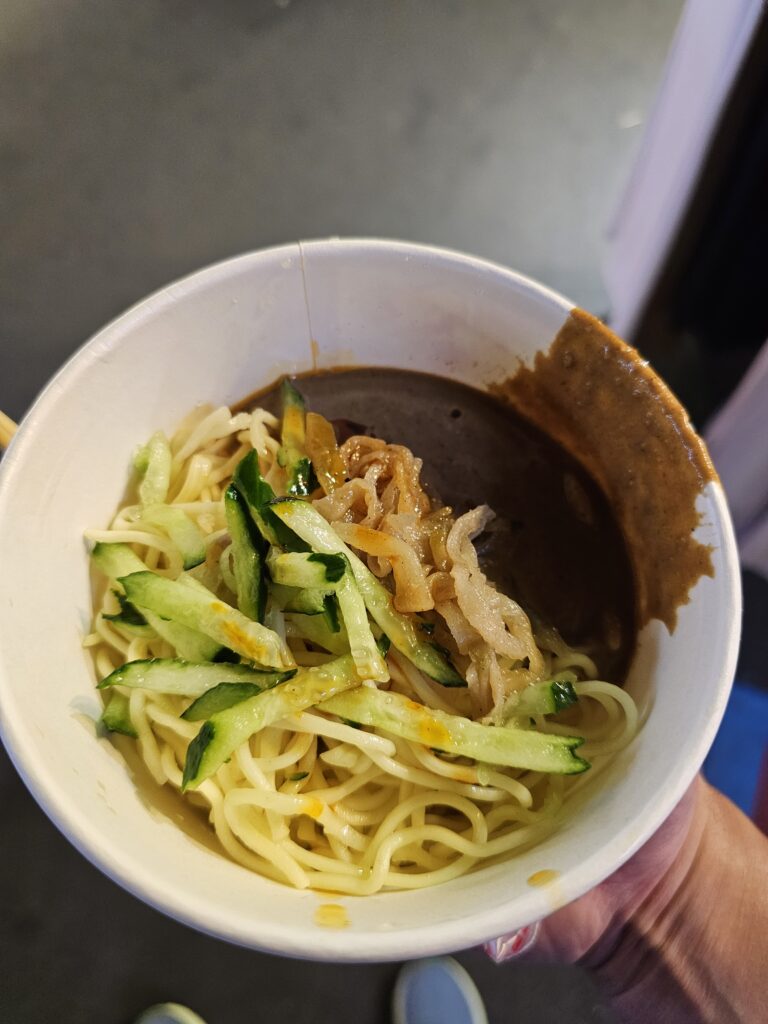
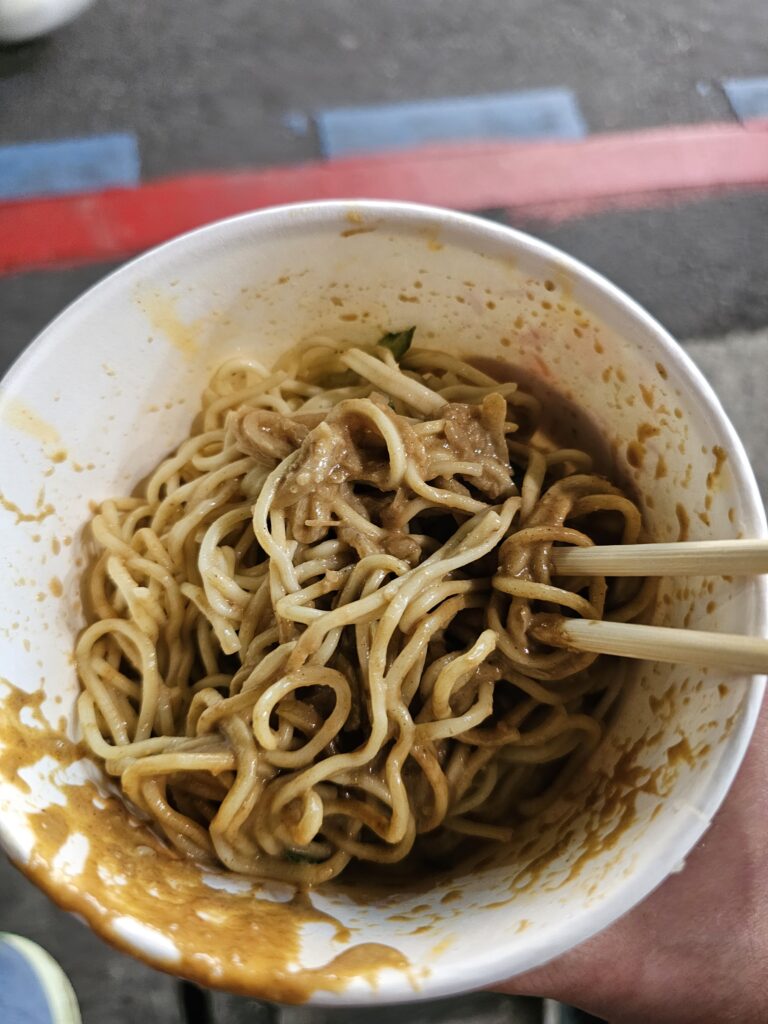
The sesame sauce had a peanutty, slightly sweet taste to go along with a great sesame flavor. You can order it spicy as well, which I clearly had to do, lol. This added a nice little kick to a very flavorful sauce. A little sesamey and peanutty with a hint of sweetness to it and overall quite tasty. The more I ate, the more I appreciated it. It was pretty addicting to be honest. I was impressed with the flavor. Also, that spice definitely started creeping up on me and my lips were burning for a while after finishing them. This was a satisfying end to my Shilin Night Market experience, with that sauce really making these noodles pop.
The Shilin Night Market Experience
If you’re in Taipei visiting a night market or night markets, Shilin Night Market, being one of the most popular night markets in the city, is certainly worth a visit. It will very crowded so if you’re not a fan of fighting through crowds for food, this may not be the place for you.
Otherwise, this is a massive night market with a ton of food stalls and restaurants to experience. You will almost certainly find something that tickles your fancy as this has all the Taiwanese Night Market foods you’d expect to find, along with places that are just specific to Shilin Night Market!
-
Discover the Wonders of Taipei Zoo: The Ultimate Wildlife Haven In Taiwan
One of the ten largest zoos in the world and the largest zoo in Southeast Asia, Taipei Zoo is a extremely popular attraction for visitors to Taipei (100 NTD, $3.13). I generally don’t go out of my way to visit zoos while traveling but made an exception for this zoo, since it sounded like it was no ordinary zoo and a must see attraction while in Taipai.
The History Of The Taipei Zoo
The current location of the Taipai Zoo (located in the Muzha district in the southern part of Taipei) has been operational since 1986. The zoo itself is over 100 years old dating back to 1914 when Taiwan was still under Japanese sovereignty. This original zoo was located in the Yuan-shan area, in the northern part of Taipei. It covered about 14 acres. In 1973 it was determined that a newer, more modern zoo with ample space was needed in order to grow.
It took 13 years to construct the Taipei Zoo as it stands today (with improvements and expansions also taking place through the present). The current zoo is 407 acres with 222 acres accessible to the public on their visits. This is a massive zoo to visit to say the least.
The Many Displays At Taipei Zoo
It has several terrain themed outdoor displays including a Formosan , Tropical, African, Desert, Australian, Temperate, and Bird World. Indoor exhibits include a Insectarium, Penguin House, Koala House, Amphibian and Reptile House, Giant Panda House, an Education Center, and the impressive Pangolin Dome. These zones are all quite large and house a wide array of different types of animals and species.
The layout of the Taipei Zoo, due to the many acres it lies upon, is quite wide open. It was definitely busy the day I went, but it never felt like it was overly stifling. There was still enough space while walking around as the roads and pathways are pretty wide open with plenty of viewing area space.
You can easily spend the whole day, or at the very least half a day here.


The Panda House
I was looking forward to seeing the Panda House. I couldn’t recall the last time, if ever, seeing a panda in person. The Panda House is obvioulsy one of, if not the most popular attraction at the zoo as one would imagine. You get in a line that moves through the indoor display which has two separate panda exhibits within it (the pandas are separated).
The line is constantly moving so you only have a few opportunites to snap some pics as you move into and out of the exhibit at a pretty quick pace. It’s a smart way to keep people moving since the indoor display would be way too packed with minimal visibility if they didn’t keep the line moving at all times.
The panda themselves are goofy and adorable. One of the pandas was passed out and the other was crusing around their display at the time I went. Very cute without a doubt.
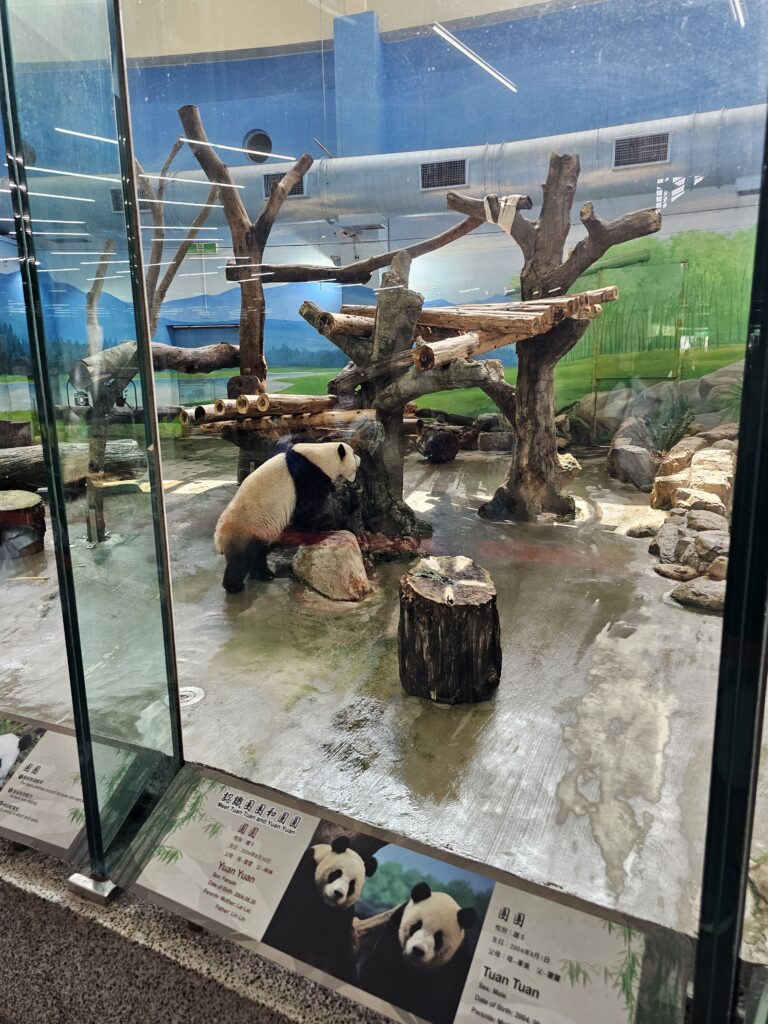
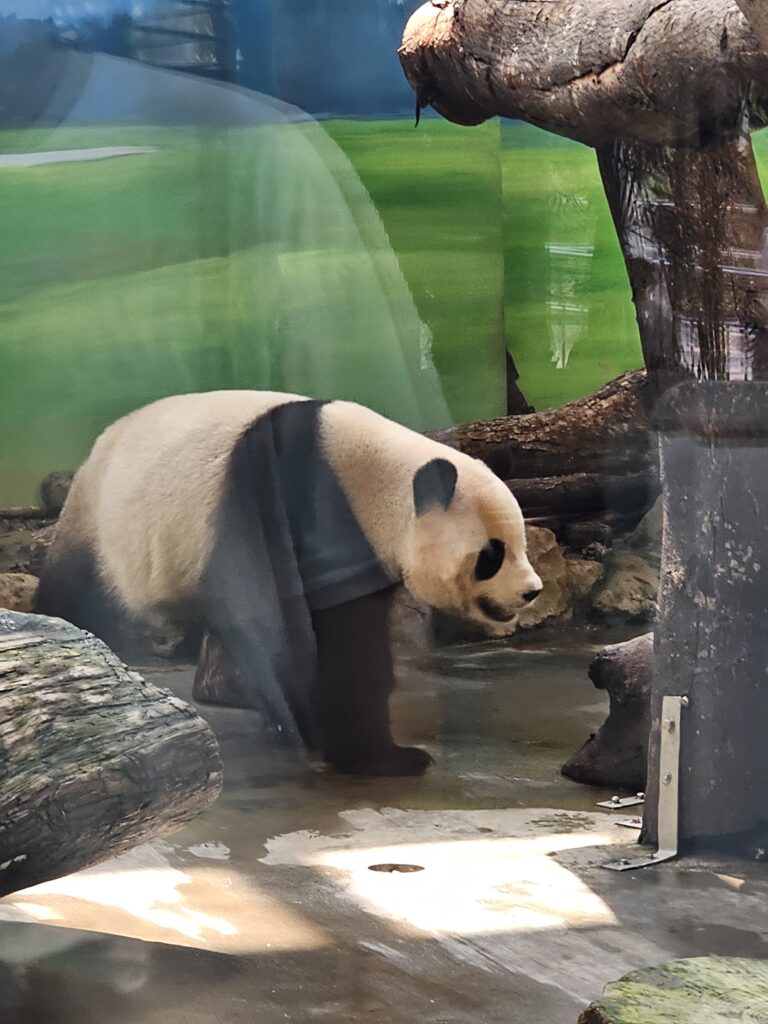
The Pangolin Dome
Built in 2013, the Pangolin Dome is the tropical rainforest area in the Taipei Zoo. It’s a 78-foot dome that houses over 40 animal species and 250 plant species. What makes the dome special is that for a large portion of it, there’s a pathway that spirals throughout it from the bottom floor up to the top. There’s animals and birds moving around freely with a large pool that has several different types of fish and other aquatic species swimming around in.
There’s also a Nocturnal Zone within the dome. This exhibit is enclosed and dark, with only dim red lights illuminating the nocturnal critters housed here. There’s a fat-tailed dwarf lemur, Azara night monkey and pygmy slow loris included in here, which you may or may not see, depending on their mood lol.
The Pandolin Dome is just really cool to walk through with all the animals and trees, and plants. It was definitely my favorite exhibit at the zoo!

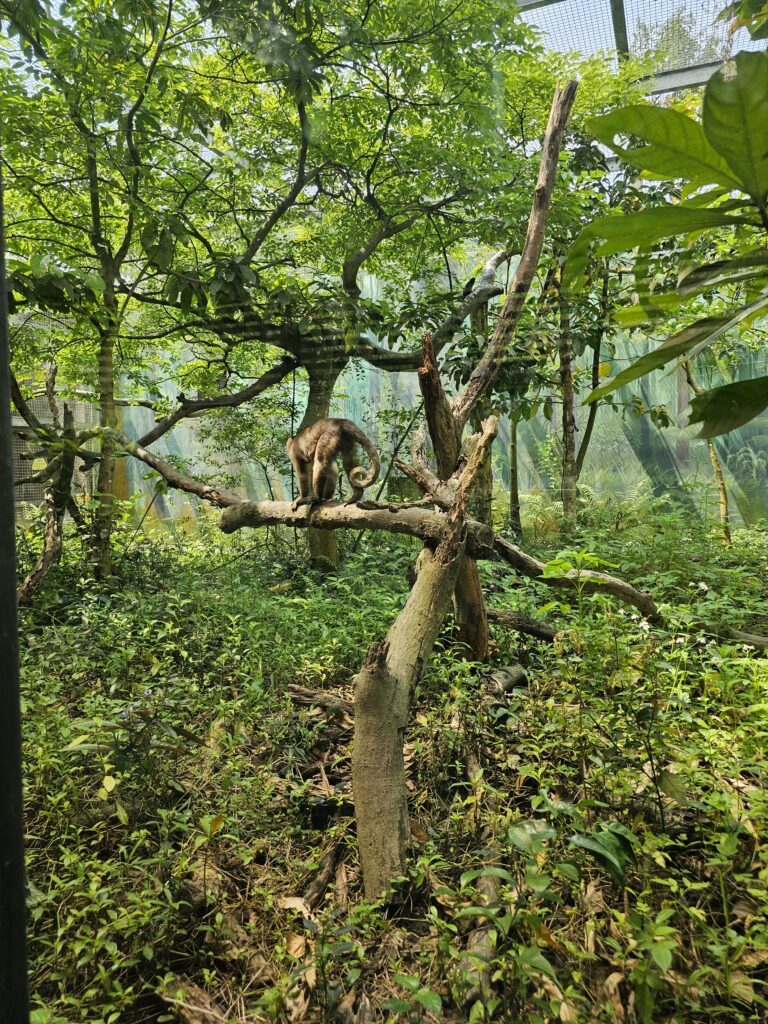
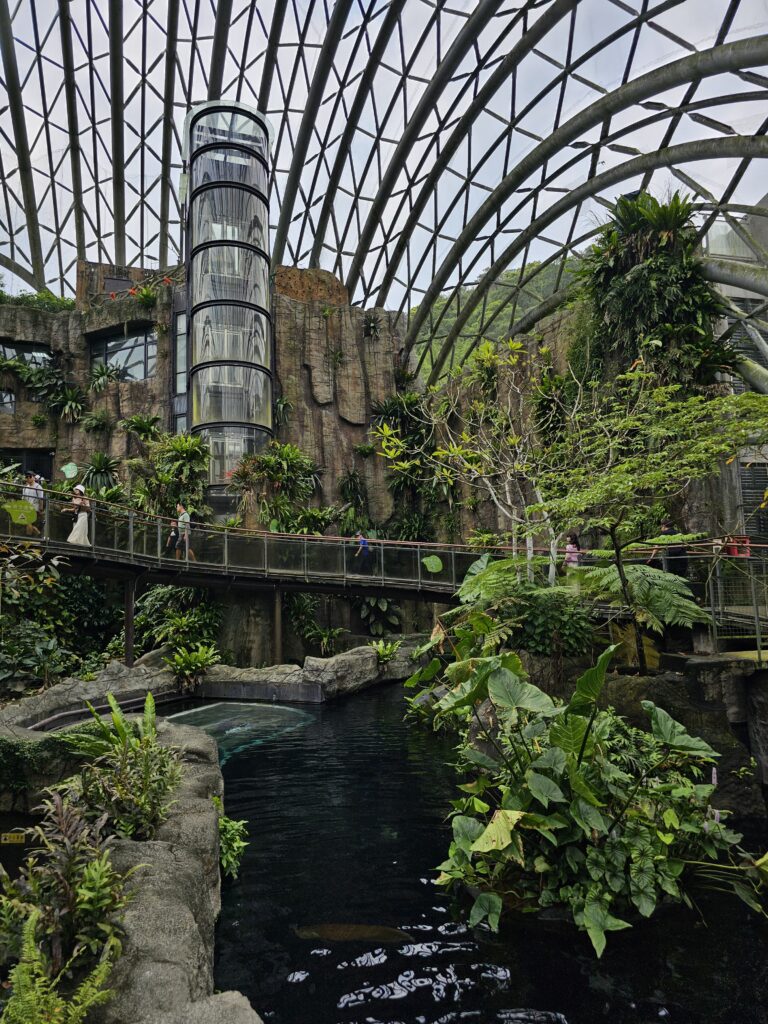
Is The Taipei Zoo Worth Visiting?
Without a doubt the Taipei Zoo is one of Taipei’s biggest attractions and is a must visit. It’s one the largest zoos in the world and the exhibits are really nice. The number of animals and species spotted throughout the numerous exhibits was really cool to see. The Pangolin Dome by itself is worth the visit. I’ve never seen anything like it at any zoo I’ve been to. For only 100 NTD for admission, it is well worth visiting!
-
Is Linjiang Night Market (Tonghua) A Great Night Market To Visit In Taipei?
Taipei has many, many, sights and attractions to visit and experience. One of the highlights – especially if you’re a foodie or night market enthusiast – is the vast number of night markets spread throughout the massive city. The city is absolutely jam-packed with night markets. Some are more notable than others, with some night markets including Michelin Star stalls!
Table of Contents
Linjiang Night Market
Located near the popular Taipei 101 building and Elephant Mountain, Linjiang Night Market, also known locally as Tonghua Night Market, is one of the more popular night markets in Taipei. I had visited Elephant Mountain earlier (definitely recommend!) and saw that Linjiang was the closest night market in the area so thought I’d give it a try.
Serving traditional and classic street food, there’s about 200 hundred stalls located at Lingjiang Night Market.
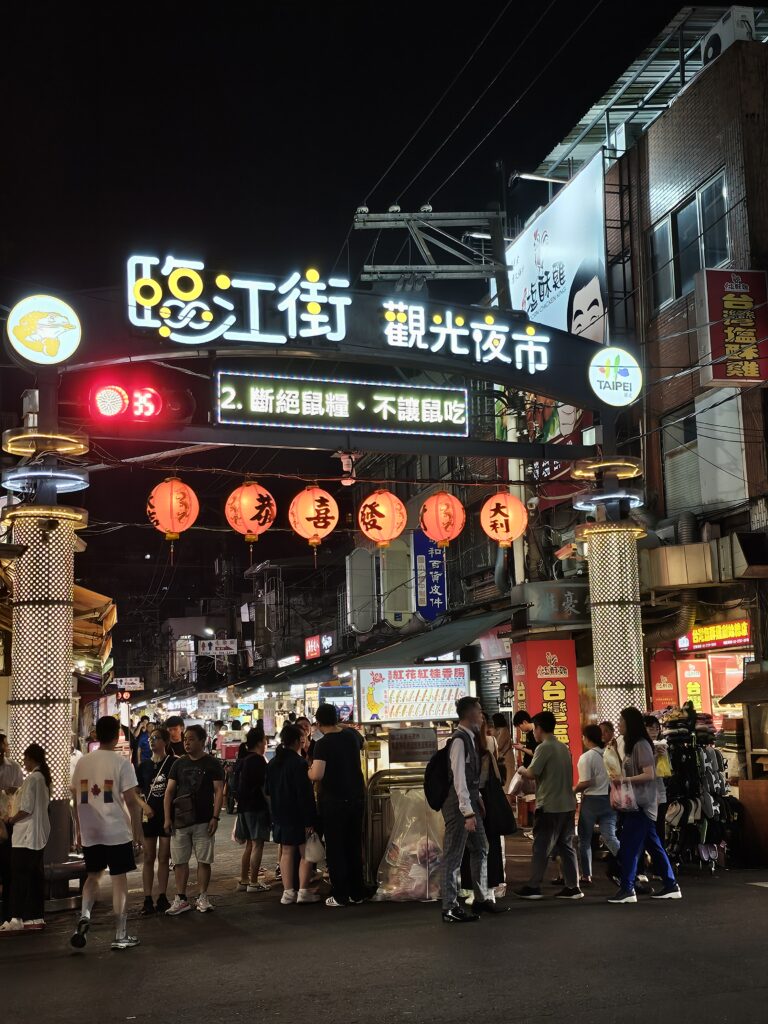
There’s obvioulsy a ton of food to choose from and if you’re new to the Taiwan night market scene, like myself, choosing just a handful of items to try can be challenge since there’s so many interesting, delicious looking food items!

The Food
Fried Sweet Potato Balls
I had heard about these fried sweet potato balls (50 NTD for a medium bag $1.56 USD) and they were definitely on the list of things I wanted to try. A night market staple, fried sweet potato balls can be found at every single Taiwainese night market, including Linjiang Night Market. They’re a very, very popular street food so I was excited to give them a try.
Let’s just say they didn’t disappoint! Freshly made right in front of you, these are given to you piping hot. Luckily, you’re provided with a tooth pick to stab at the balls to eat.
The different colors were all different flavors. There was seaweed, sweet potato, and black bean from what I could tell. They each had a distinct flavor, and they were all good! These things were light and airy, crispy on the outside, with a gooey, chewy texture on the inside. The inside of these things reminded me of mochi, so I loved it.
The flavors here aren’t overpowering either. A little sweet, a little savory, it was just the right amount of both. They’re quite addicting, especially straight out of the wok when they’re extremely hot!



Fried Dumplings
Dumplings, another night market staple, was another easy choice to grab at Linjiang Night Market. With this being my first Taiwan night market I absolutely had to get some dumplings! I found a stall that was pretty large and was definitely the most popular at the night market based off the line of people waiting to purchase them.
The stall is bustling as the staff stays busy preparing the buns and dumplings. There’s nothing pre-made here so you know what you get will be extremely fresh. It’s fun and interesting to watch the dumplings being made while waiting in line. The staff is a well-oiled machine in prepping and serving them and the dumplings get pumped out efficiently.
They have a couple of options: pan fried buns and pan fried dumplings. I decided to go with the fried dumplings (5 for 75 NTD, $2.34 USD).


Once you get your fresh dumplings, or buns for myself, these things come out piping, piping hot. I could barely hold them to even get some pics of them. Sure, you could wait, but I mean, who can actually wait to eat freshly made buns?
The bun skins were fairly thin, and these things were PACKED with filling. The filling was ground pork, green onion, and onion. It was well-seasoned, not overly savory, and tasted great. I just wish I had some chili sauce or some dipping sauce for them. They probably had those, I just didn’t see them.


Snow Ice
Taiwanese snow ice was something else that I had read about and had wanted to try. I’m a shaved ice fan to begin with and Taiwanese snow ice was something I was certainly looking forward to. Linjiang Night Market had a couple of snow ice shop options to choose from. I went with the one that had a watermelon snow ice on display (140 NTD, $4.36 USD) since I LOVE watermelon.

This is a little bit different than other shaved ices that I’ve experienced over the years. Instead of using ice, milk is frozen, and then shaved down. It took me a while to figure this out as I ate it. Initially it was a very confusing experience for the taste buds. The snow ice tasted like a light vanilla ice cream. It was fairly sweet but not overly so. This also come in a massive, deep bowl, it’s probably a dish for two people or just one hungry tourist, lol.
You get a ton of snow ice and very generous amount of watermelon with condensed milk drizzled over the whole thing.
The watermelon itself wasn’t too sweet, but it was decent.


Linjiang Night Market Experience
I enjoyed my time at Linjiang Night Market. I didn’t have any other night markets yet to rate it against but I thought Linjiang Night Market was a lively, fun, place to be. With this being my first exposure to the Taiwan night market scene it was a little intimidating and overwhelming initially. The vast number of food stalls lined up in long rows, the different types of foods and smells wafting through the air, and the night market itself being packed with people, it’s a lot to take in all at once.
It’s a good thing to take in though, since I was surrounded by food, much of it comprised of new and exciting items to try. Plus, the food is so AFFORDABLE. For the three items I got it was a total of $8.26 USD and it was all really tasty stuff.
There are probably some unique stalls serving items you can only find at Linjiang Night Market which makes it all the more enticing to come back to and explore at some point. I look forward to it!
-
Chiang Kai-shek Memorial Hall: An Absolute Must-See Landmark in Taipei
Chiang Kai-shek Memorial Hall in Taipai, Taiwan is a national monument and is a must visit attraction during any trip to Taiwan.
Chiang Kai-shek Memorial Hall History
The Memorial was built as tribute to Chiang Kai-Shek who was a well-known president of Taiwan that passed away in 1975. Construction started on the memorial in 1976 and was completed and opened to the public in 1980.
The sprawling park is a total of 240,000 square meters and is really a wide space. The memorial includes historical exhibits that details the history of Chiang Kai-shek. The monument is surrounded by a large park, with ponds, gardens, and the Memorial Hall Square. The National Concert Hall and National Theater are located on the left and right sides of the Memorial Hall, as well.
On the west side of the memorial is the Gate of Great Centrality and Perfect Uprightness, a huge main gate to the memorial which will lead guests to the Memorial Hall Square and directly to the main Memorial.

A view looking out from the main memorial. You can see the National Concert Hall, National Theater, and main gate in the distance Chiang Kai-shek Memorial Hall And Grounds
The centerpiece of the memorial is the memorial hall. All white with an octagonal blue roof, the Chiang Kai-shek Memorial Hall really stands out. It’s quite a striking structure. If you enter through the main gate, you’ll walk through the Memorial Hall Square and the wide pathway which will lead you to to hall. It’s a nice walk as you stroll past the National Concert Hall and National Theater and the immaculate gardens as you approach.
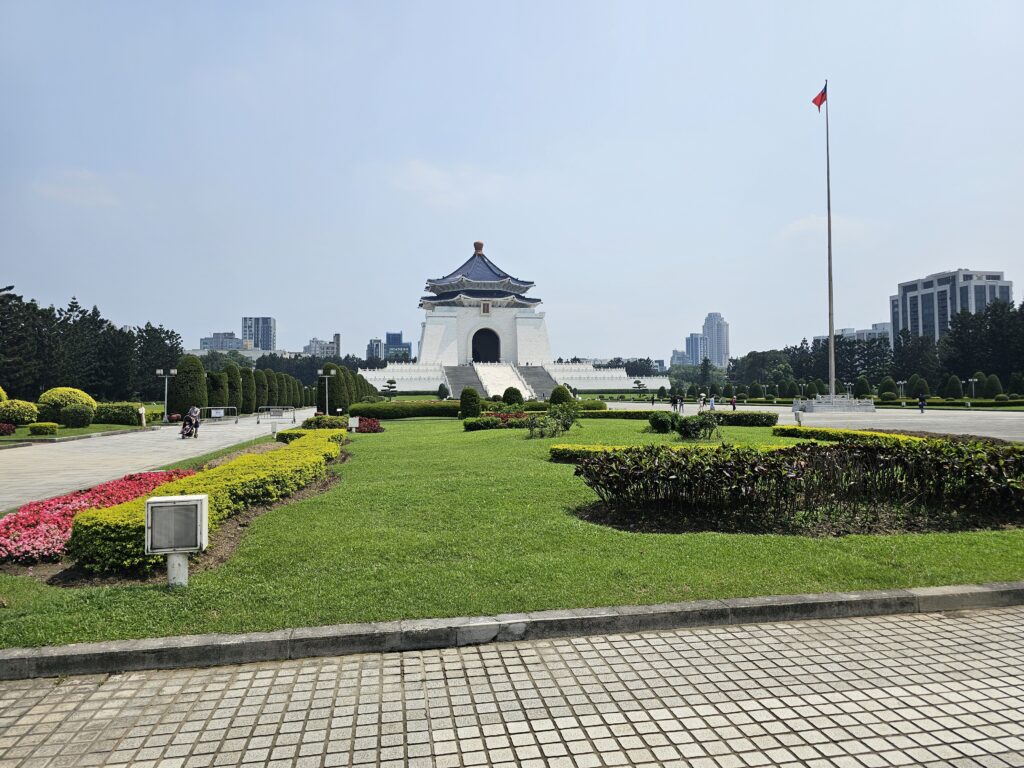
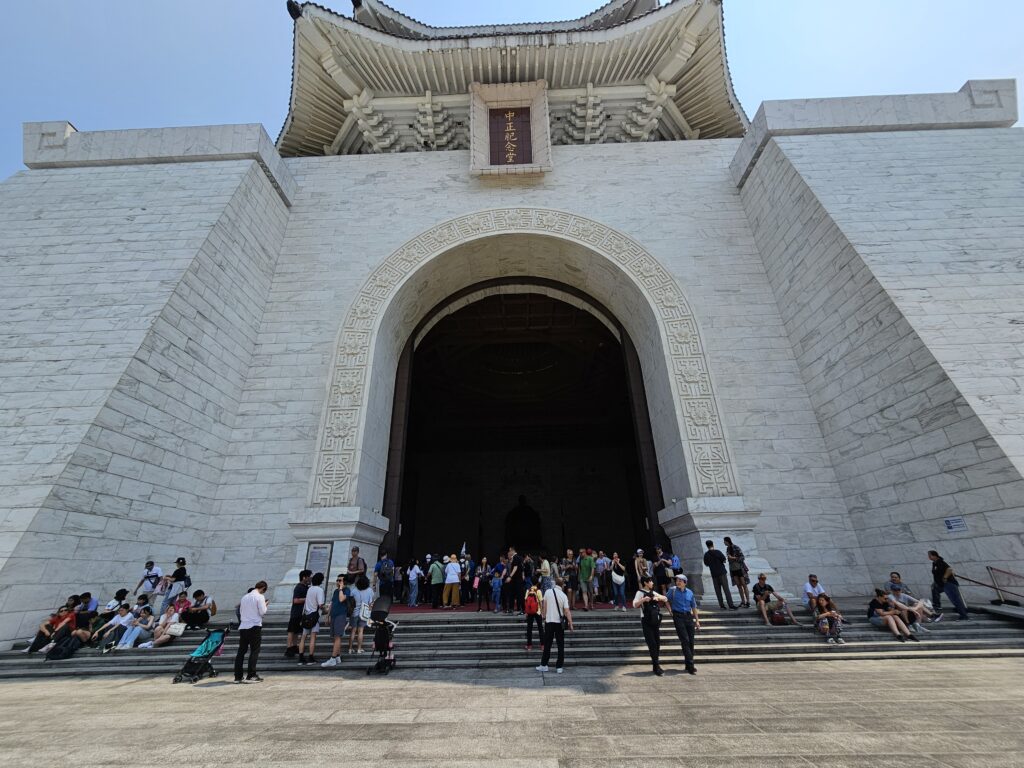
Once you get to the foot of the hall, you must walk up 89 steps, which represents the age of Chiang Kai-shek at his death. The steps lead you to the hall entrance. Within the hall is the 21 ft bronze statue of Chiang Kai-shek. It was here (the location has changed recently) that the changing of the guard took place. The ceremony is an impressive display to behold with how meticulous every movement by the guards is mirrored and synched perfectly to one another. It was definitely very cool to witness.
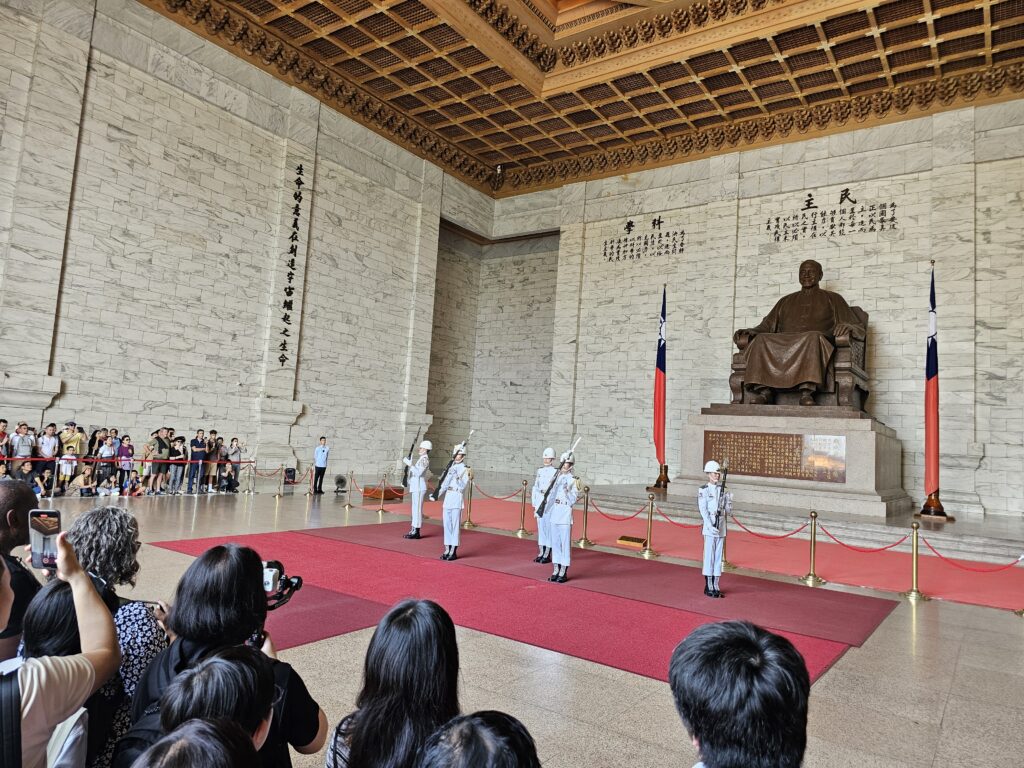
The gardens are very well kept and the area is quite nice to walk around and enjoy either in the walk up to the hall or just walking around the area after you’ve visited the hall.

If you’re a history buff a trip to the memorial’s exhibit area is a must. This area details the life and career of Chiang Kai-shek while also detailing the history of Taiwan and its development. It’s fascinating to walk through and take in. I didn’t have any knowledge of Chiang Kai-shek and what he meant to Taiwan so it was interesting to get some insight to his accomplishments.
Within the memorial there’s also a couple of places to eat and grab drinks and also some gift / souvenir shops to check out as well.

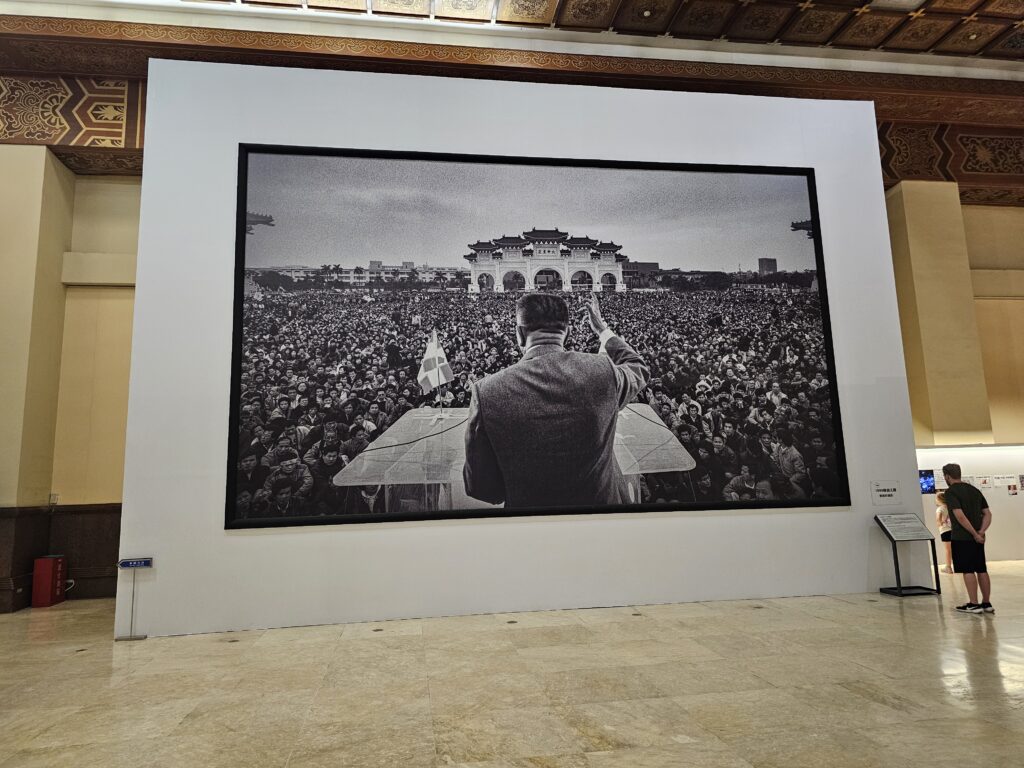
Is Chiang Kai-shek Memorial Hall Worth Visiting?
The Chiang Kai-shek Memorial Hall is absolutely worth a visit. It’s one of the premier attractions in all of Taiwan and cetainly Taipai. The memorial hall groundls, with the tranquilty of the gardens and the beauty of the architecture of National Concert Hall and National Theater, is a treat to walk through. The exhibit halls are interesting to walk through to learn some historical tid bits of Chiang Kai-shek and Taiwan.
You can easily spend two to four hours walking around the area to soak everything in. It’s definitely worth the time and will be a very enjoyable experience!
-
How Good Is Taiwan’s Famous Fried Chicken Master Chain?
For my trip to Taiwan, one of the foods I was really looking forward to was their fried chicken. It’s extremely popular in Taiwan, especially at night markets. I got into Taipai late at night and found Fried Chicken Master right across the street from the place I was staying at. What better way to kick off the trip then by grabbing some food at a popular national chain?
Fried Chicken Master is a national fried chicken franchise which was founded in Taiwan. It has expanded to 110 locations globally and can now be found in countries such as Canada, Malaysia, and Jakarta.
Fried Chicken Master specializes in Halal Fried Chicken, which I’ve never seen from any major fried chicken chain in the world up to this point. You’ll find the normal fried chicken options on the menu: wings, popcorn chicken, breast, thigh, but with the Taiwanese fried chicken spin on it.
Table of Contents
How Is Tawainese Fried Chicken Different?
Taiwanese fried chicken has its own distinctive flavor and texture as one might imagine. The batter and coating which often uses sweet potato starch and tapioca flour, gives Taiwanese fried chicken a distinct crunch. After the chicken is deep fried it can get sprinkled with a bevy of different seasonings from salt, pepper, chili powder, and other Chinese spices.
The huge flattened cutlets, which are a staple on any menu that’s serving fried chicken, are definitely unique as well. These are huge slabs of chicken and come wrapped in a plastic sheet, piping hot. For myself that’s the picture that was engrained in my head when it comes to fried chicken in Taiwan and is what I had to get (and got often) when I visited Taiwan.
Fried Chicken Master Experience
With ample combo meals to choose from and several a la carte options, I was looking forward to getting this after I had checked into my room. It may have also been the fact that I was absolutely starving too lol.
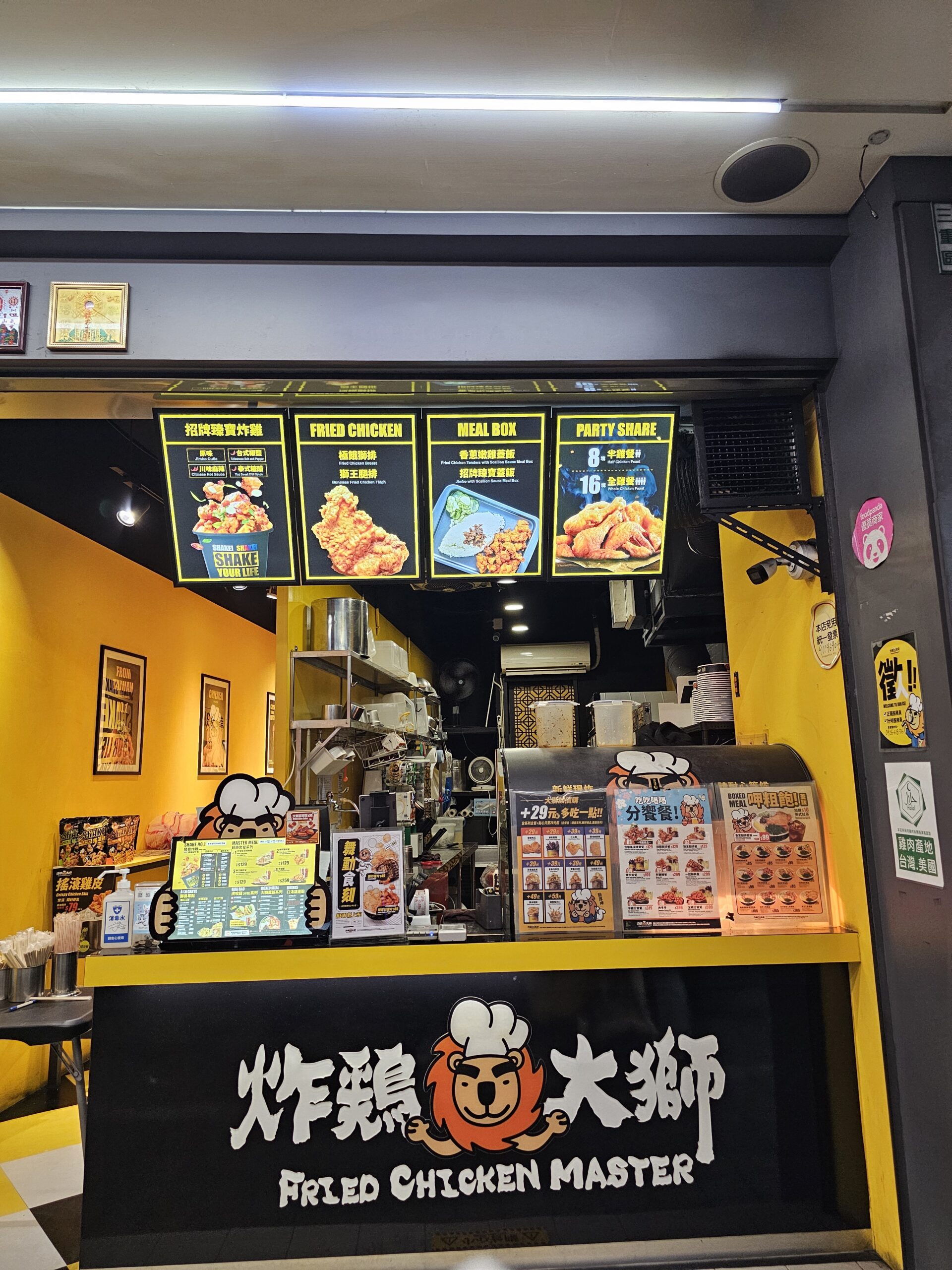
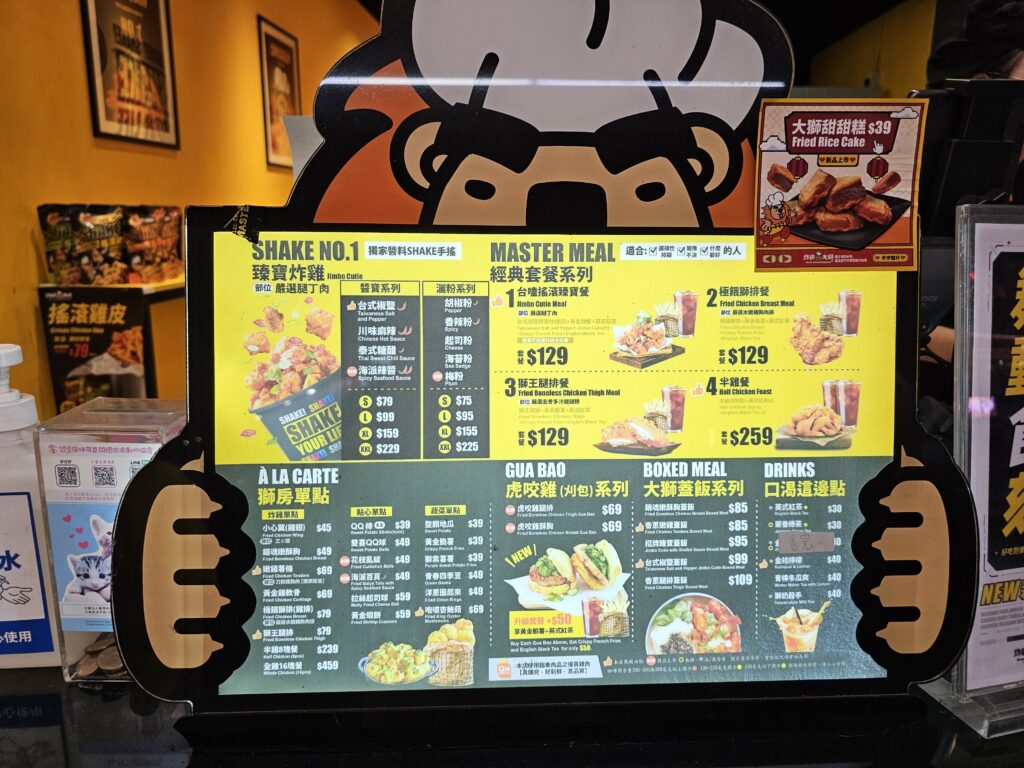

I went with the #2 Fried Chicken Breast meal (129 NTD, $4.02 USD). This included french fries and choice of drink, so I went with an iced black tea. They had a choice of seasonings that you could choose and I went with the Taiwanese salt and pepper.
The Food Experience
Seeing photos of these flattened chicken breasts is one thing, but to actually hold it in my hands was another. It’s a huge piece of chicken. Like ridiculously so. It was heavily seasoned as well. A little too much for my liking. The exterior was very crunchy and the meat was tender and juicy in some parts. Other parts seemed a little tough and even a little under cooked. So overall it was pretty uneven. It put a smile on my face one bite and then had me frowing the next.
The seasoning was quite sweet overall too. I wasn’t expecting that flavor from Taiwanese salt and pepper. I’m pretty particular when it comes to sweet and savory on things like chicken and then tilted towards being too sweet for my liking.
The fries were decent, but nothing overly special or memorable. I’d never gotten a cold black tea before but it was quite good. Black tea is immensely popular in Taiwan and can be found everywhere. This cold black tea reminded of me a sweetened ice tea essentially.
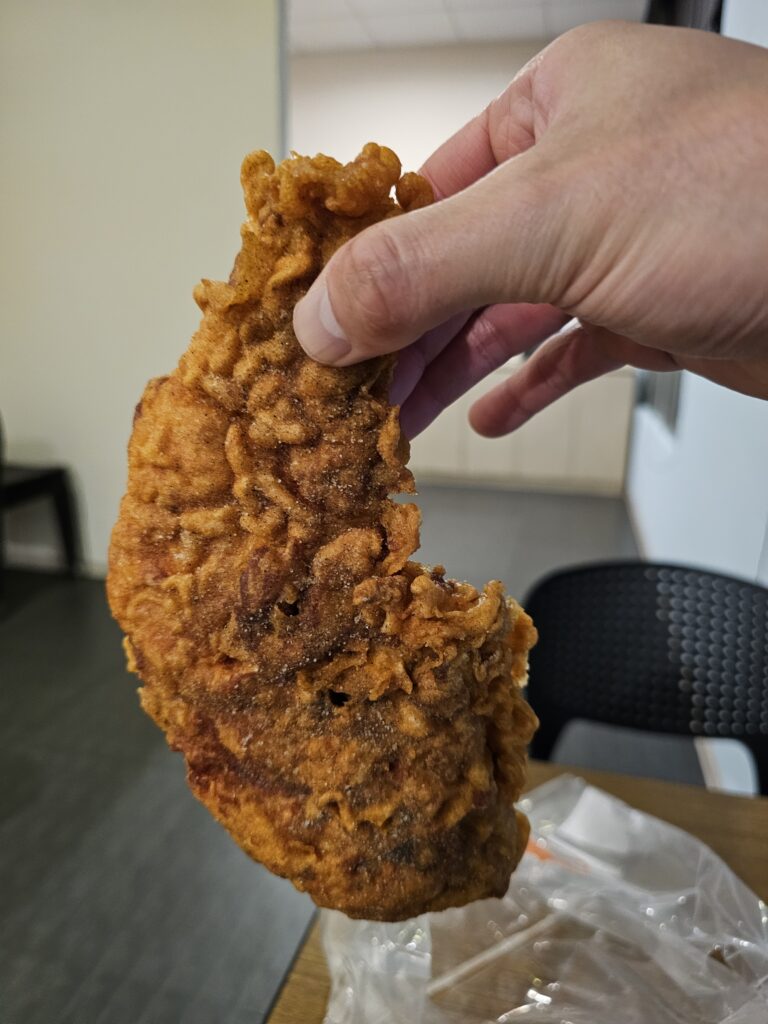

Is Fried Chicken Master Worth A Visit?
If you’re in a pinch and in need of something cheap and fast and on the go, then sure, it’s worth stopping by and giving it a try. It by no means was horrible, but it wasn’t anything special in my books either. There’s a million of other places that sell fried chicken too so this isn’t the only option in town. I may have just ordered the wrong thing though and there may be a more popular item(s) on the menu, so I’d be willing to give it a go again.
-
Hole In The Wall Taco Grill Delivers The Goods
Taco Grill is one of those taco shops you love to see. A little hole in the wall restaurant nicely tucked into a non-descript strip mall on a sleepy street. Southern California has many many taco locations scattered throughout (I’m very lucky to have so many options!) and it can be difficult to stand out amongst all these great taco locations. With great reviews on both Yelp and Google I was looking forward to giving it a try and seeing if it’s worthy of a spot in the taco rotation.
Table of Contents
Taco Grill Experience
Located in Westminister, CA, I’d seen Taco Grill several times over the years driving by on my way to other places. I’m always intrigued by these types of hole in the wall places and always wanted to try it, just never did until the other day. I’m glad I did! The restaurant is indeed tiny, a handful of tables inside with a few tables outside in the front with a convenient salsa bar also located in the front as well. There’s pickled onions and jalapenos and a few different types of salsas to choose from.
The menu is quite large. There’s a large variety of tacos: soft tacos (chicken, asada, carnitas, al pastor, chorizo), blackened fish or fried fish, grilled shrimp or fried shrimp, hard shell tacos (chicken, potato, beef), nachos, quesadillas, tortas, burritos, and carne asada fries. There’s a lot to take in for such a small spot. This go around I was focused on the tacos though.
The Food
I ended up getting the asada soft taco ($2.75), blackened fish taco ($2.25) (which seems to be one of the most popular items at Taco Grill), and hard shell beef taco ($3.00).
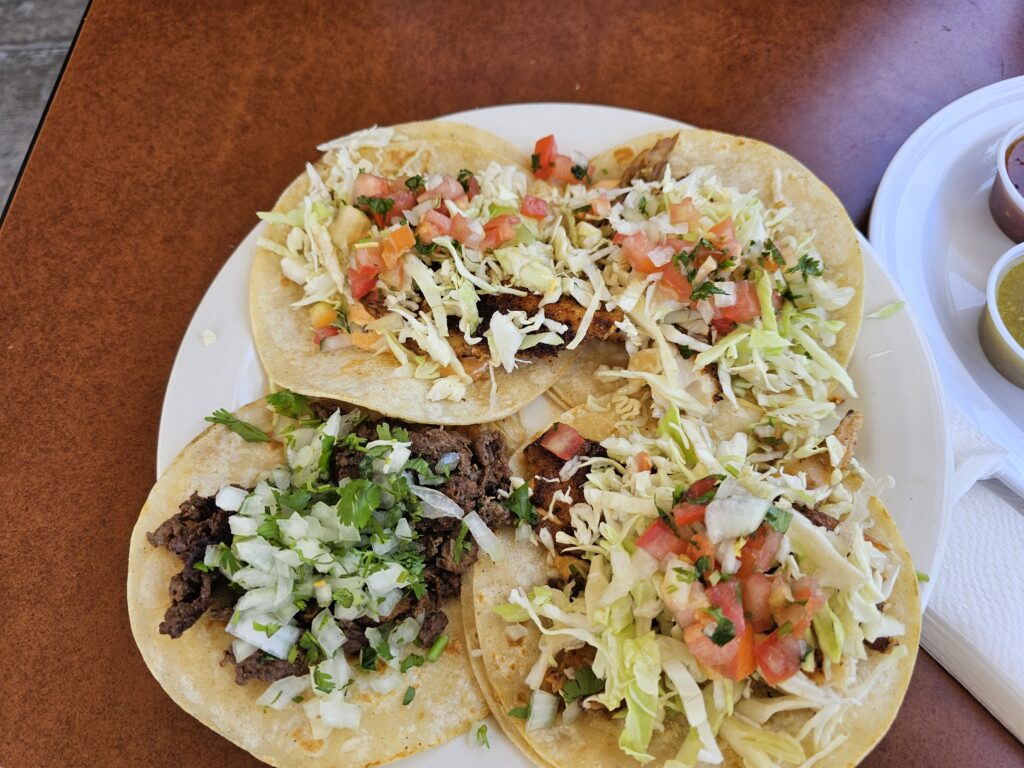
Carne Asada Soft Taco and Blackened Fish Tacos 
Hard Shell beef taco The food came out quickly, probably within 10 minutes, even though the restaurant was quite busy, so service was great. The first thing I noticed was that the tacos weren’t huge, they’re pretty small in size. BUT they’re packed with meat and toppings. They don’t skimp here.
I tried the hard shell taco first. I liked the fact they provide a dollop of sour cream and guacamole with the hard shell tacos that you can include in the taco. It’s a nice touch. The taco had a good amount of tasty meat and ample amounts of lettuce and cheese.
What stood out most to me was how crisp and thin the taco shell was. It wasn’t oily at all either. It’s definitely one of the better hard shell tacos that I’ve had. it was very good.
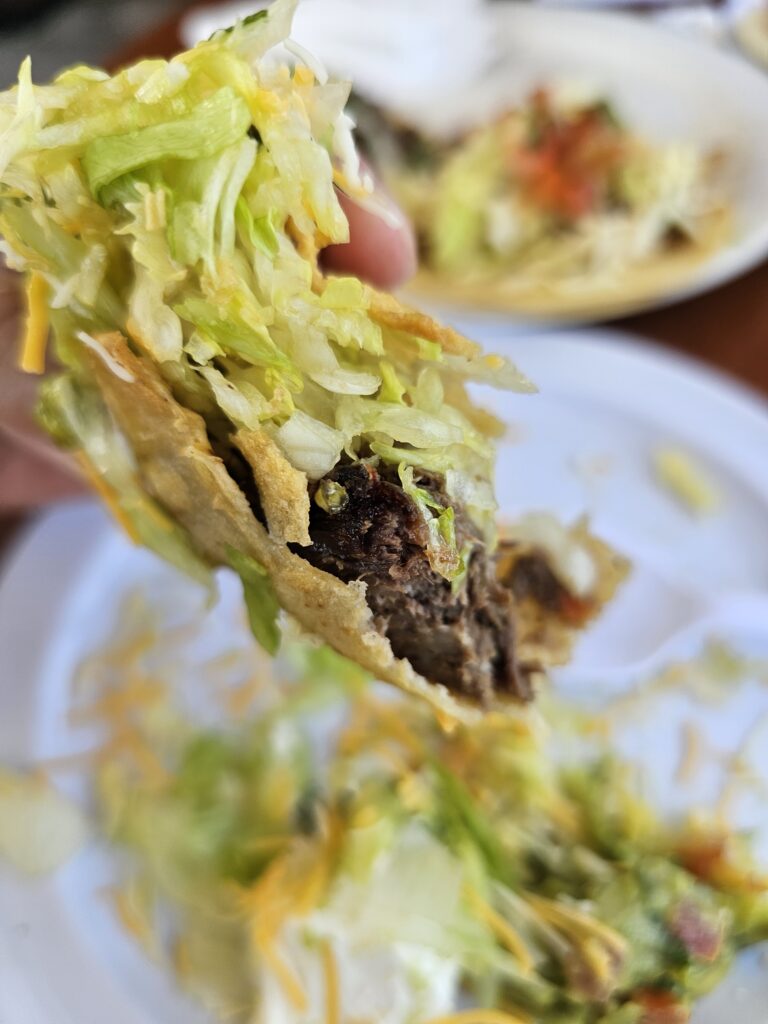
The second taco I went with was the blackened fish taco. This had a big chunk of fish in it with lots of cabbage and pico de gallo and sauce. The tortillas are very fresh. Overall a very solid taco. Plenty of fish which is seasoned well, tortillas are great, there was a little bit too much sauce for my taste. It kind of overtook the overall flavor of the taco but that’s nitpicking to be honest.
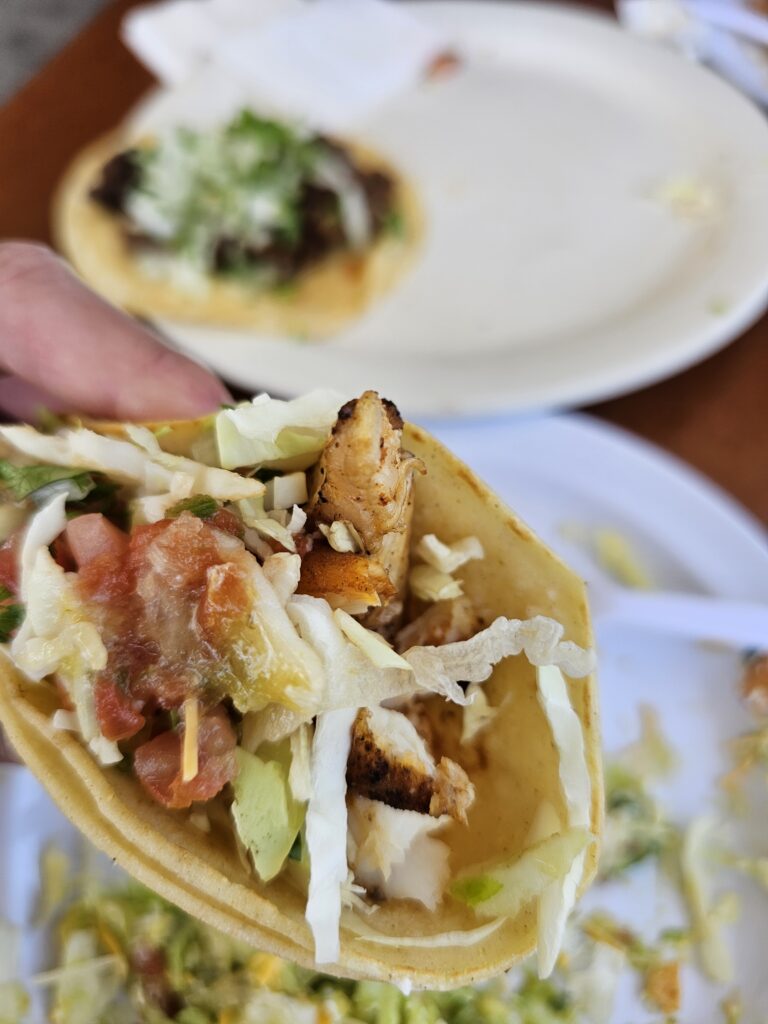
Last up was the carne aasada soft taco. This is generally a staple as a must try taco for me at every new taco place I venture out to. This came with the basic onions and cilantro and those same delicious tortillas. Again, the asada is well-seasoned here and quite tasty. The meat was good as well. There weren’t any really chewy, fatty pieces to be found in this taco. I was a little surprised since generally there’s always a few pieces like that in the carne asada mix. I wasn’t complaining though, it was good.
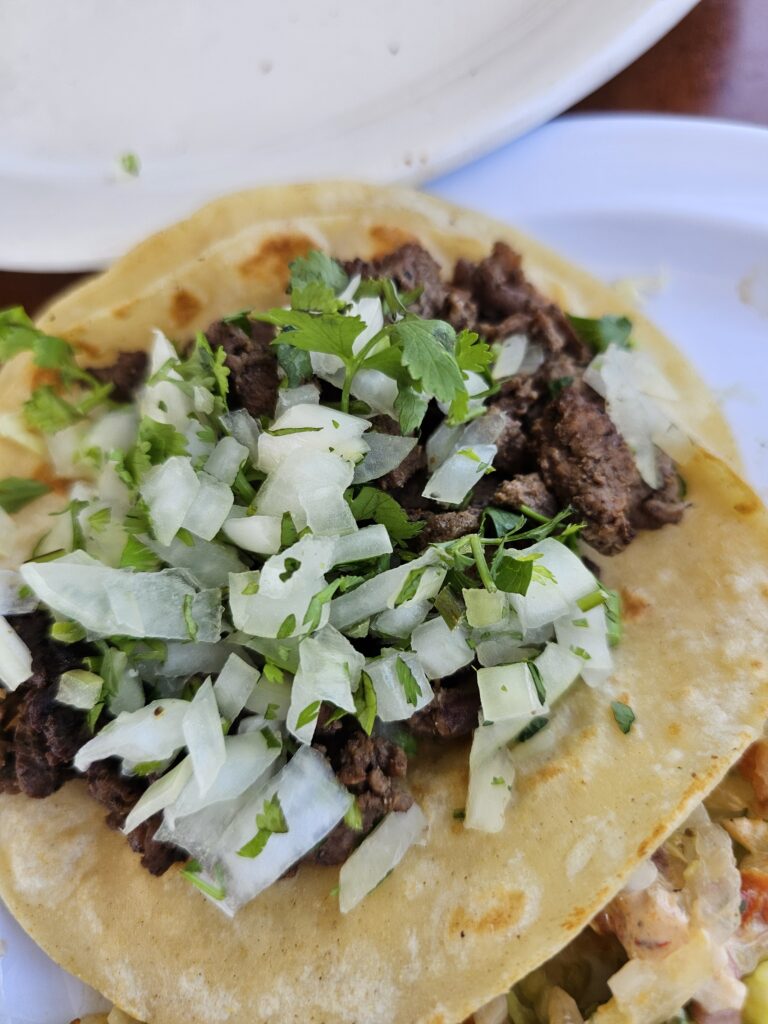
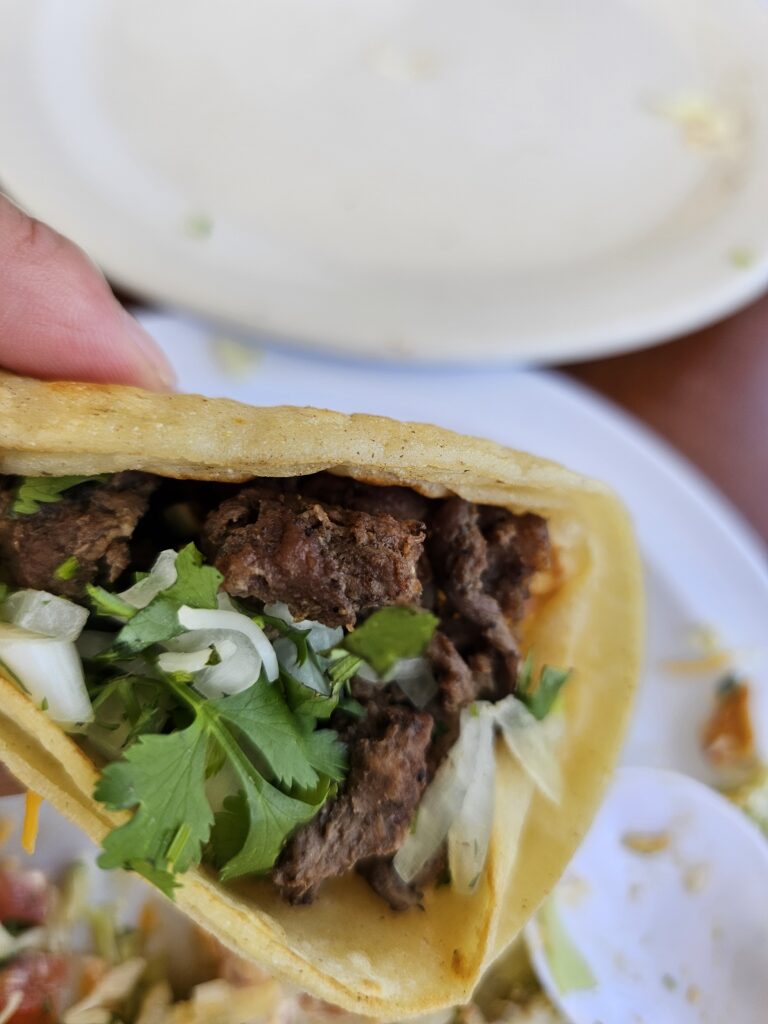
Is Taco Grill Worth A Visit?
In my opinion Taco Grill is certainly worth a visit to at least give it a try. All the tacos are pretty small but packed with meat and toppings and the fresh tacos were really delicious. The hard shell taco was the real standout to me at Taco Grill. I loved the crispness of it and how it wasn’t greasy at all. I’ll definitely come back here to try some more food. I definitely want to try their burritos. Either the bean and cheese or the California burrito, I’m thinking, but I’ll definitely make room for that hard shell taco as well.
Taco Grill
Address: 8481 Heil Ave H, Westminster, CA 92683
-
How Delicious is Pholicious In Fountain Valley, CA?
Table of Contents
The Pholicious Background
Pholicious in Fountain Valley has been around for quite some time. I’ve been coming here for at least 15-20 years but hadn’t eaten here in a few years. Somewhere along the line the restaurant changed ownership but the restaurant itself looked exactly as I had remembered. I was curious to see if the pho tasted the same from what I had remembered when used to frequent it often or new ownership introduced new pho broth.
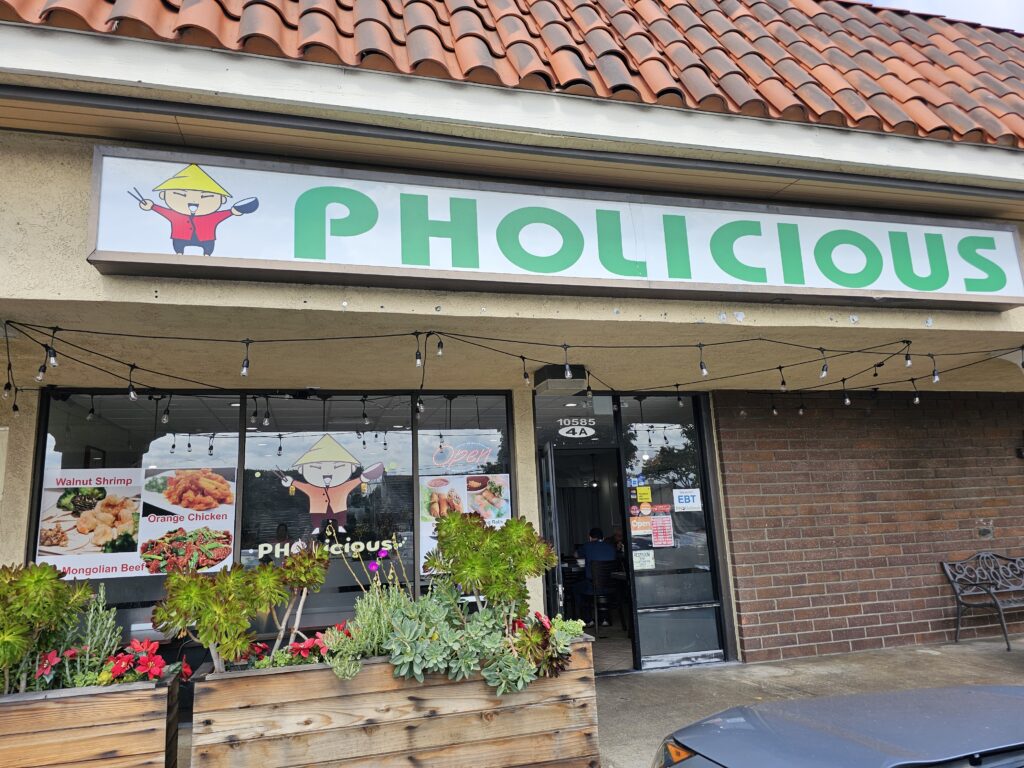
The front of Pholicious The Experience
I stopped by for lunch on a random weekday recently. It was fairly busy since it was lunch but this is a larger strip mall with ample parking so that’s not an issue here, which is always nice. I was able to find a table and seat with no issues. Service was extremely fast and the menu seemed like it was pretty much the same as I remembered. No big surprises or noticeable changes, which was nice.
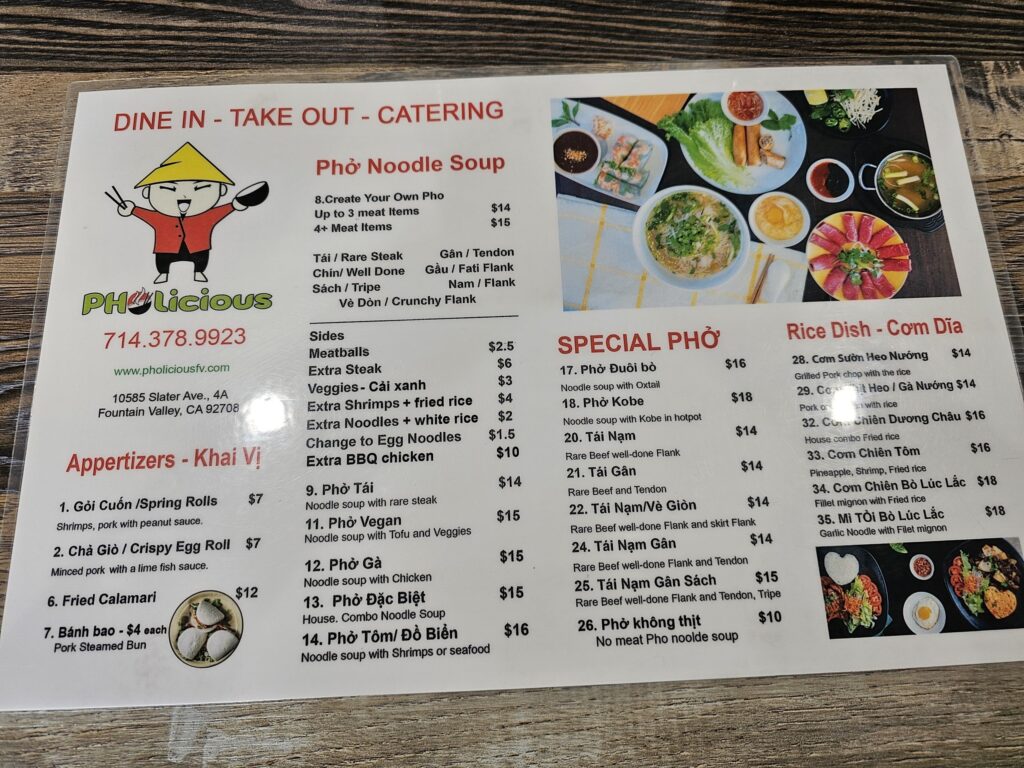
The menu at Pholicious After taking a quick one over of the menu I opted for the #9 ($14 USD) – the Pho with rare steak, which is always my go to pho order. Like all pho restuarants the food came out within minutes, piping hot.
The Food
The bowl of pho came out with all the usual side trimmings – bean sprouts, jalapeno, lime, cilantro – you expect to get with a nice bowl of pho. The pho was topped with green onion and white onion. The bowl itself wasn’t overly large or too deep either, so I wasn’t sure if would be enough food at first glance.

Before digging in, the first thing I always do is get a nice spoonful of the broth. This particular broth was pretty mild. It wasn’t overly savory and had a hint of earthy sweetness from the star anise. That deep, rich flavor was missing here but the broth was still decent.
For the size of the bowl there was a good amount of steak in it. It was thinly sliced and tender. I think when it comes to the steak in pho it’s generally always pretty similar and hard to REALLY stand out. So long as it doesn’t stand out for the wrong reasons, it’s always pretty solid. This was no different here. The steak was what I would expect and was good.
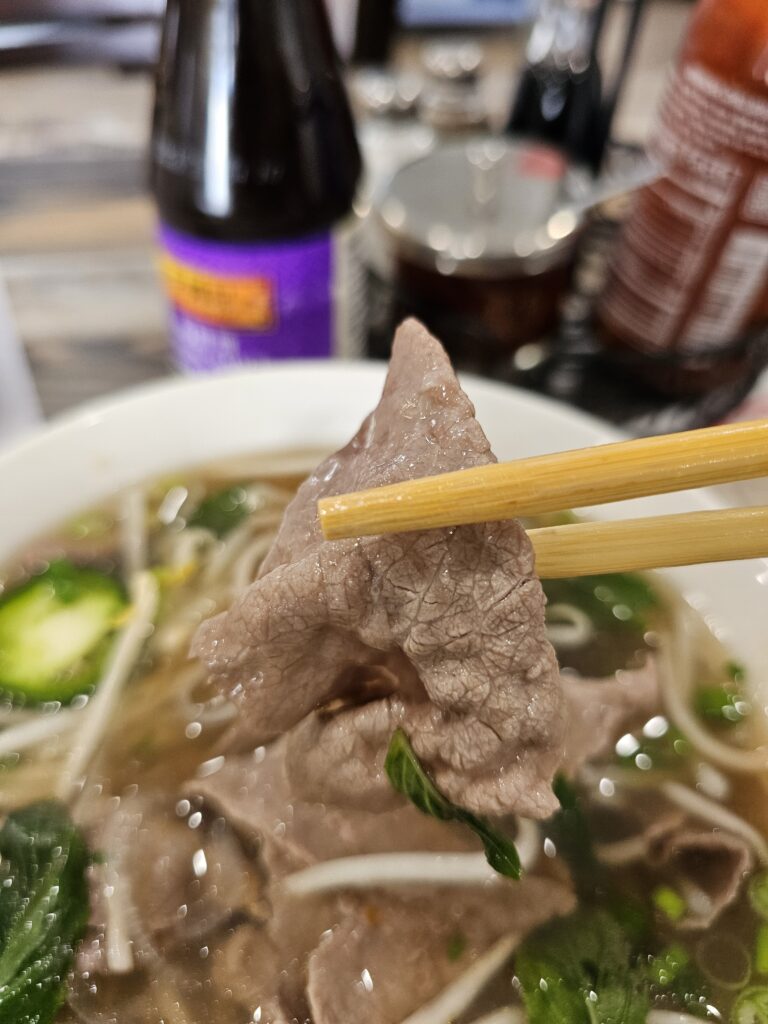
The noodles were nice and fresh, with a good texture and a good bounce to them, they tasted great. I did feel like there could be more noodles though. Maybe due to the size of the bowl they just can’t fit much more in there but it certainly left me wanting a little more.
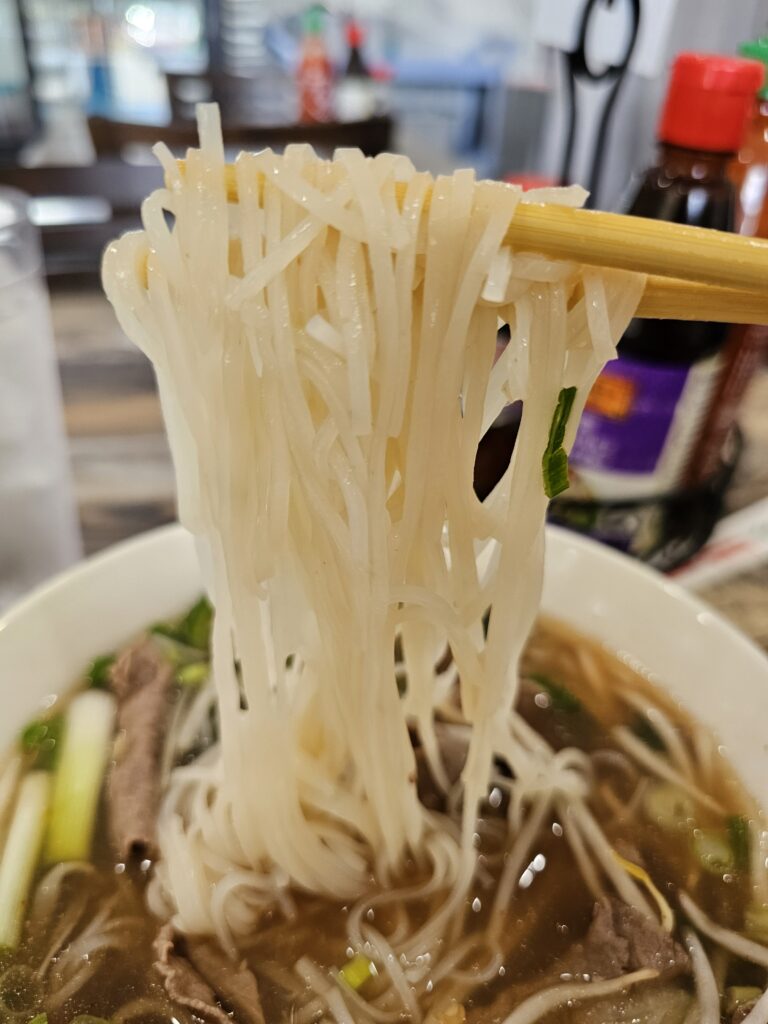
The Verdict
Having been a few years since I’d eaten at Pholicious there was still a sense of familiarity and comfort with both the restaurant and bowl of pho.
There were some things that seemed different as well. The pho broth seemed a little lighter than what I remembered and the serving size seemed smaller.
Maybe it’s due to having expanded my pho taste buds and gone to several other pho places over the years, I can’t say.
But this didn’t quite hit home like I remembered. It’s still a solid option which I enjoyed, but in terms of pho places in the area it probably got pushed down my own personal pho list a bit.
-
Angel Stadium, Anaheim, California | Big A Burger | Is It A Must Try Stadium Food at the Big A?
Table of Contents
Angel Stadium is a place I’m quite familiar with being an Angels fan for most my life (sadly of late) and have been to many, many, games through the years. So I thought it would be fun to include here.
Angel Stadium History
A little background about Angel Stadium: Built in 1966, Angel Stadium is the fourth oldest stadium amongst MLB stadiums with a seating capacity of 45,517. The official name is Angel Stadium of Anaheim but I don’t think anyone uses that formal title. It’s either Angel Stadium or The Big A.
The stadium has gone through a few renovations over the years, the most iconic and noticeable being the large display of artifical rocks with cascading water and fountains out in centerfield which shoots up fireworks after every Angels homerun and Angels home win.
Aeshetically, there’s nothing really unique about the stadium that really stands out besides the rock structure out in centerfield and the two giant Angel helmets that are located in the front of the stadium.
But nothing that feels like a uniquely “Angels” only experience inside the stadium. There’s the usual fare: restaurants, team stores, food vendors of course, and for the stadium being as old as it is, it’s in pretty good shape overall.
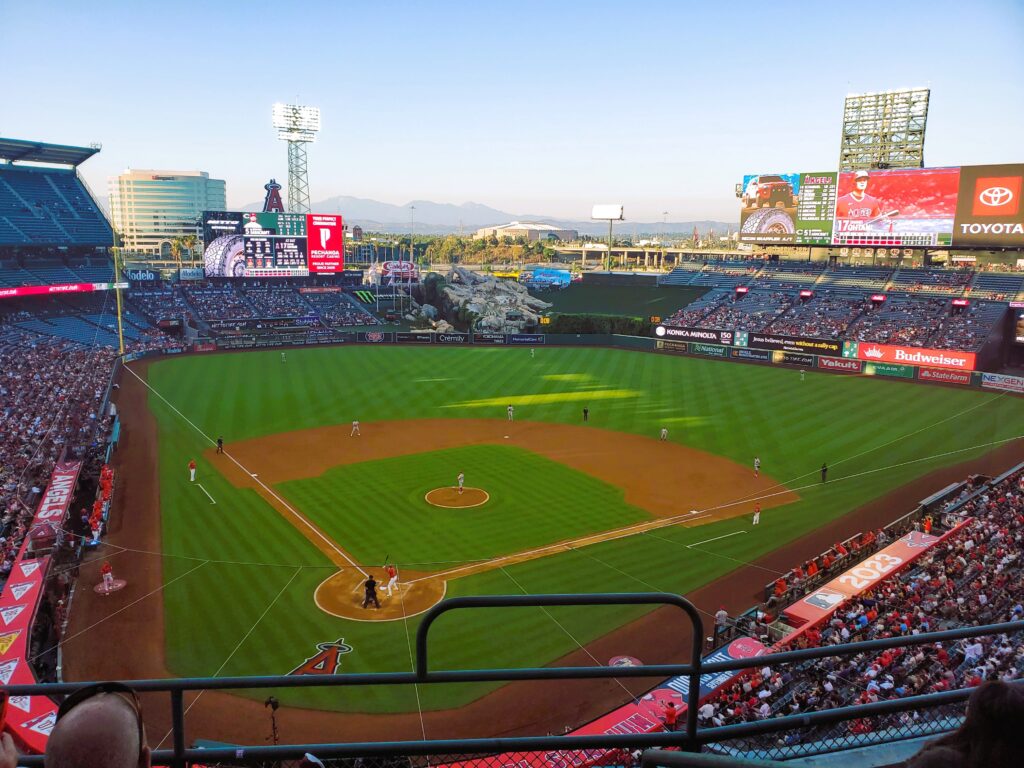
The Food
There’s a lot of options here of course. In time I’ll continue to update this as I try more items and places.
Big A Burgers
The “burger chain” within the stadium is Big A Burgers. There’s a few locations scattered throughout the stadium – sections 107, 226, 428, & Brewery X. Plenty of locations for easy access throughout the stadium.
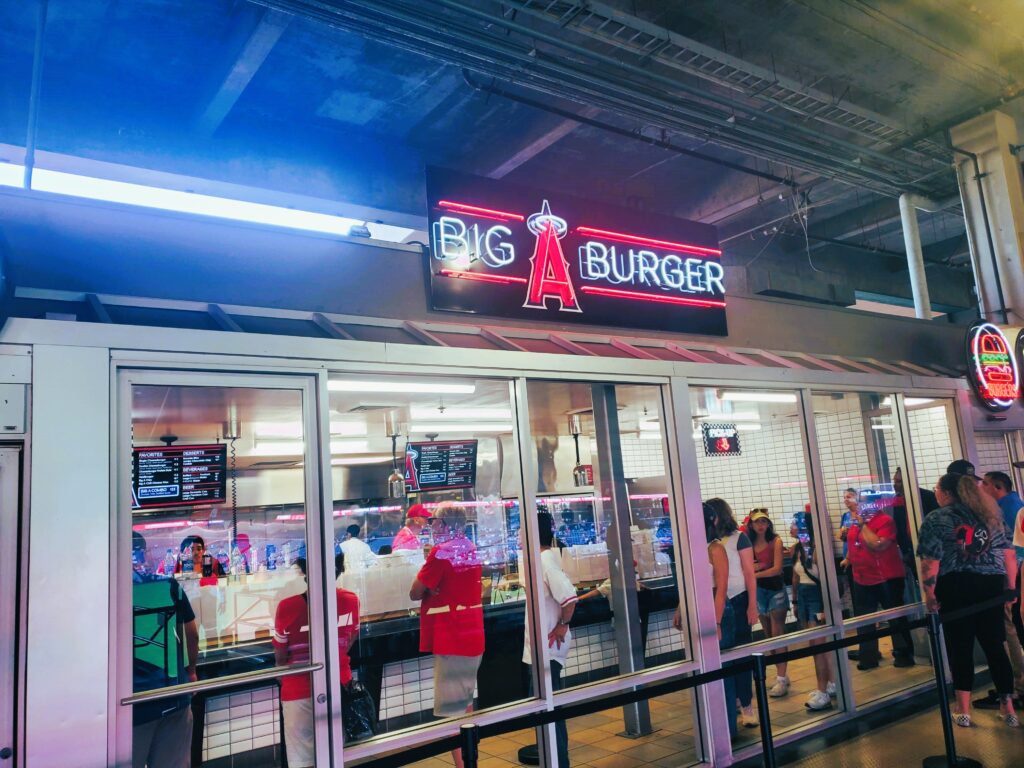
Big A Burger in Section 226 
Big A Burger Menu I stopped by here about 20-25 minutes before the game and there wasn’t any line at that time. The menu is simple, as you’d expect. A single patty cheeseburger, double cheeseburger, the main headliners, along with the typical fries, and surprisingly chili fries.
I went with the Big A Combo which included a Double Cheeseburger, fries, and bottled drink ($23). The food was instantly ready, which is both a good and bad thing. Good being that the food was ready right away and I didn’t have to wait. Bad in that if it’s ready that quickly, the food has most likely been sitting for a while and won’t be very fresh.
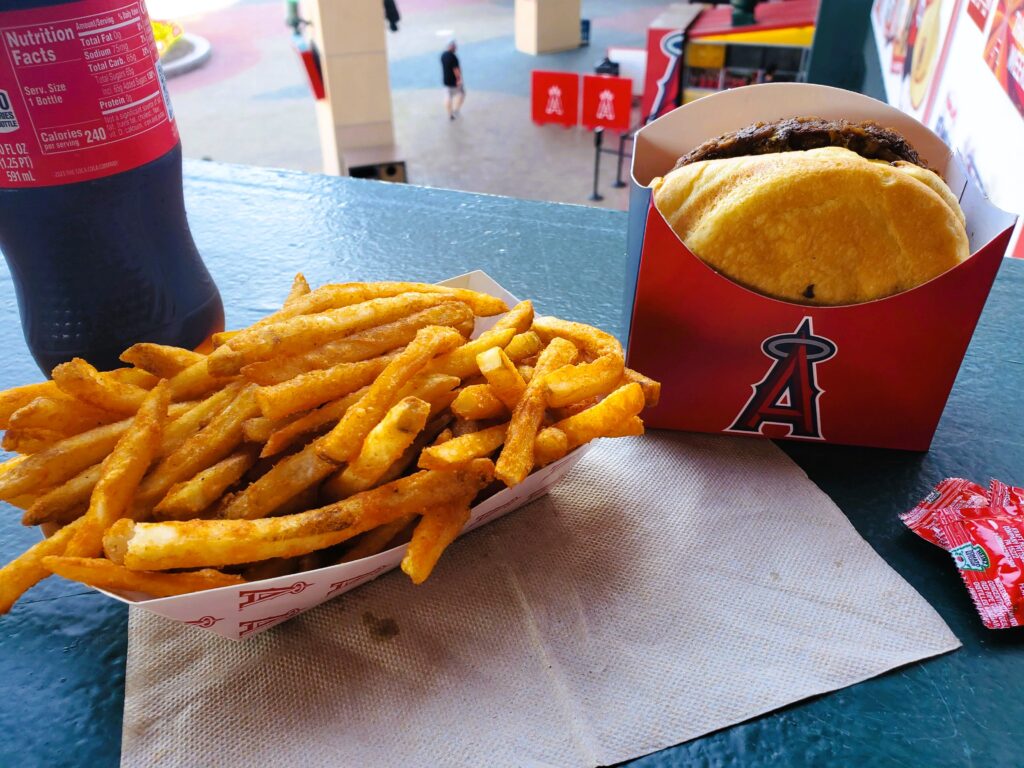
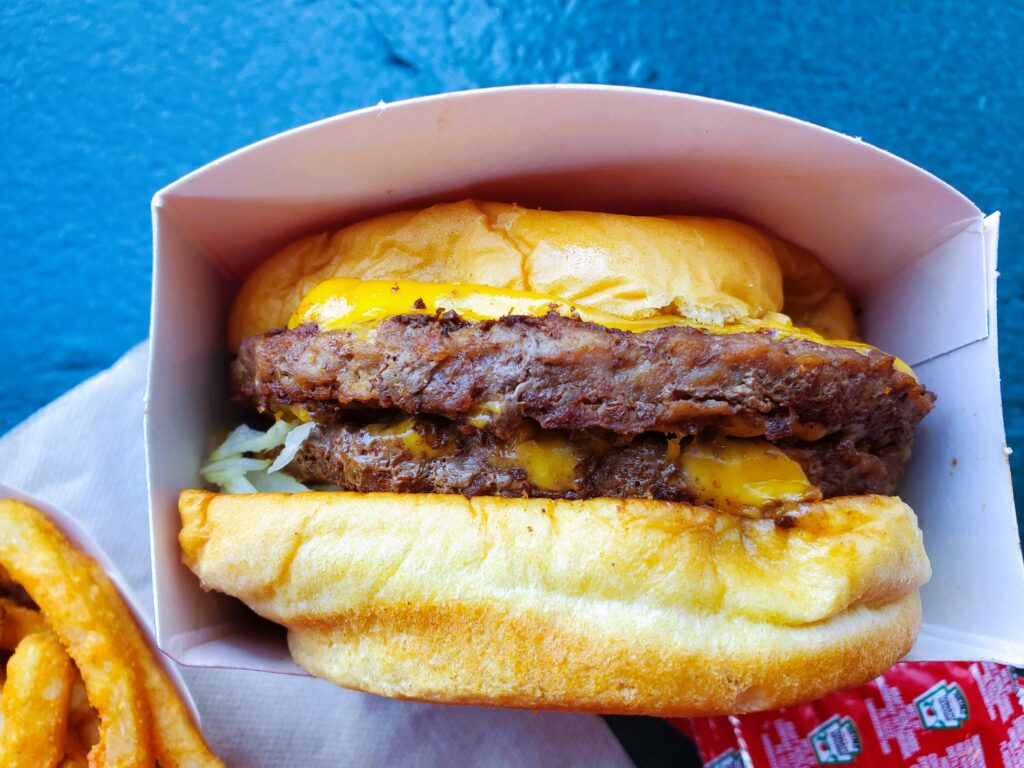
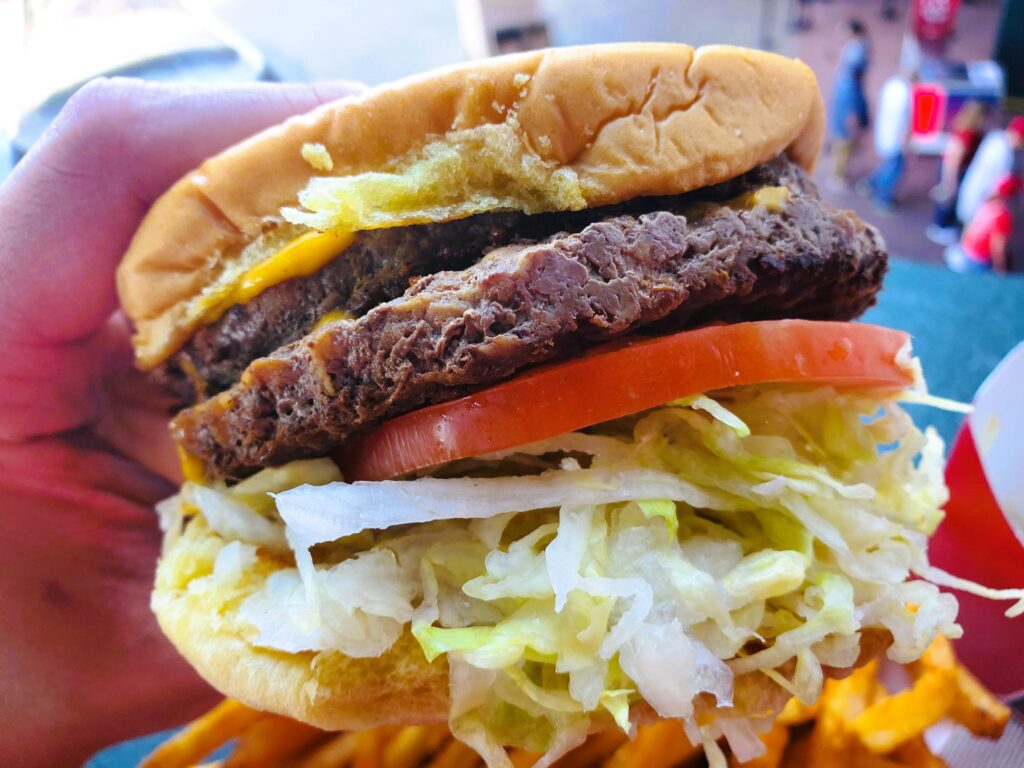


The burger and fries were indeed, not very fresh, and were most likely sitting under a heat lamp for a while. The burger and its patties are actually a pretty good size. The patties were dry though, not very juicy, and not the best quality. The secret sauce was pretty watery and I could have used more on the burger.
With all that being said, it’s not HORRIBLE. It wasn’t great either though. I know the picture I painted is bleak, but this is stadium food afterall. It’s a whatever kind of burger. Nothing special, it exists and it’ll fill you up.
However, the fries are tasty. They’re reminiscent of fries from the burger joint Rally’s. They’re well seasoned and flavorful, not too crispy or crunchy though since they’d been sitting for a while. If these came out hot they’d be really good fries.
Overall, for the price ($23) you get a good amount of food (for a meal at a stadium).
They’re definitely generous with the amount of fries and it’s a filling burger. I had eaten this before, from the same location. But I got it during the middle of the game and it seemed to be a lot fresher and better overall.
As odd as it sounds, I’d actually go here when it’s a bit busier in order to get a more freshly made burger and fries.
-
Does Hokkaido Ramen Santouka Live Up To The Hype?
Table of Contents
Hokkaido Ramen Santouka – The Background
Hokkaido Ramen Santouka is a ramen chain from Japan that’s made its way over to the US. The chain originates from Japan’s northern most island, Hokkaido, and has restaurants all the way to one of it’s most southern islands, Okinawa. It’s truly a nationwide restaurant but doesn’t have a ton of restaurants in total.
The first Hokkaido Ramen Santouka opened its doors in 1988 in Asahikawa, Hokkaido with a single type of ramen: shio (salt). The base broth consists of boiled down pork bones. To produce a milder flavor the bones are boiled down over a long period of time. When the white colored broth is complete, it’s never re-boiled. This is to protect the overall flavor and smell.
The menu and selection of ramen has since expanded quite a bit. Miso, soy sauce, and spicy miso have joined the salt ramen as options on the menu.
Hokkaido Ramen Santouka has found success both domestically and abroad. Locations have expanded throughout Southeast Asia and also in the US and Canada.
I went and visited the location in Costa Mesa, CA, located in the Japanese grocery mart Mitsuwa’s food court.
The Experience
I’ve been to the Mitsuwa food court before and they’ve remodeled it. The space is much more open with a lot more seating. Seating had previoulsy been problematic at peak times here. Hokkaido Ramen Santouka has been a staple in the food court for quite a while. It had been YEARS since I’d eaten it so I was certainly looking forward to grabbing a bowl here.

There’s a lot of selections to choose from. Much like in Japan, there’s a large array of plastic food in the display case showing what they offer. It’s a lot to sort through, so choosing while waiting in line can certainly be difficult!
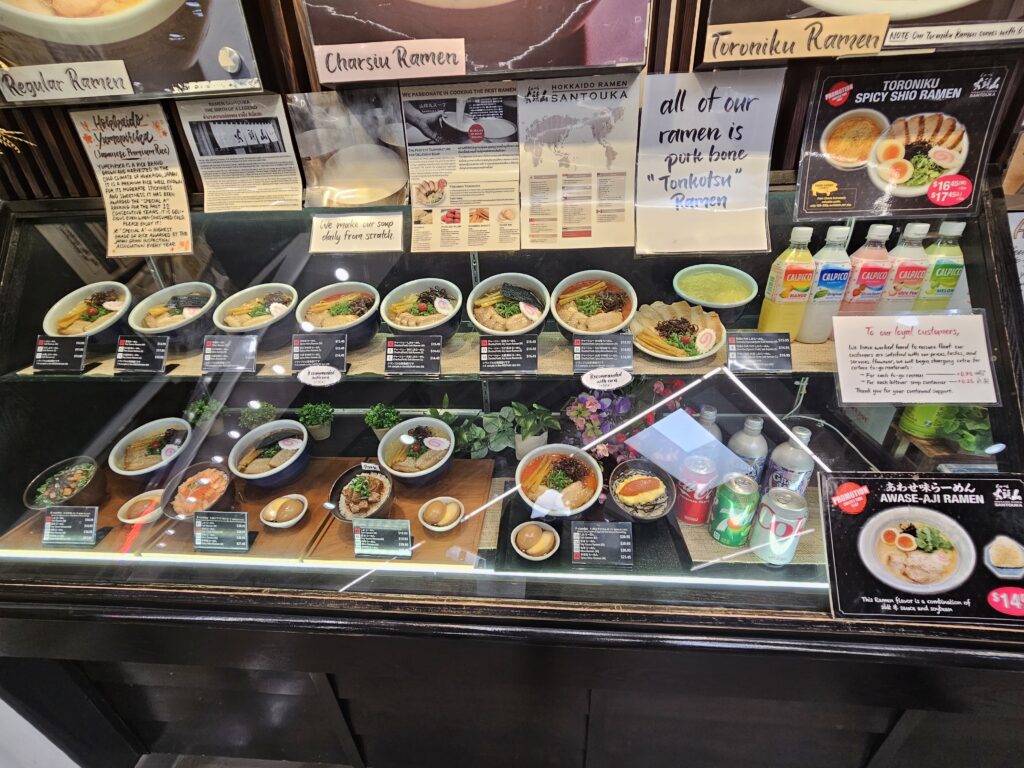
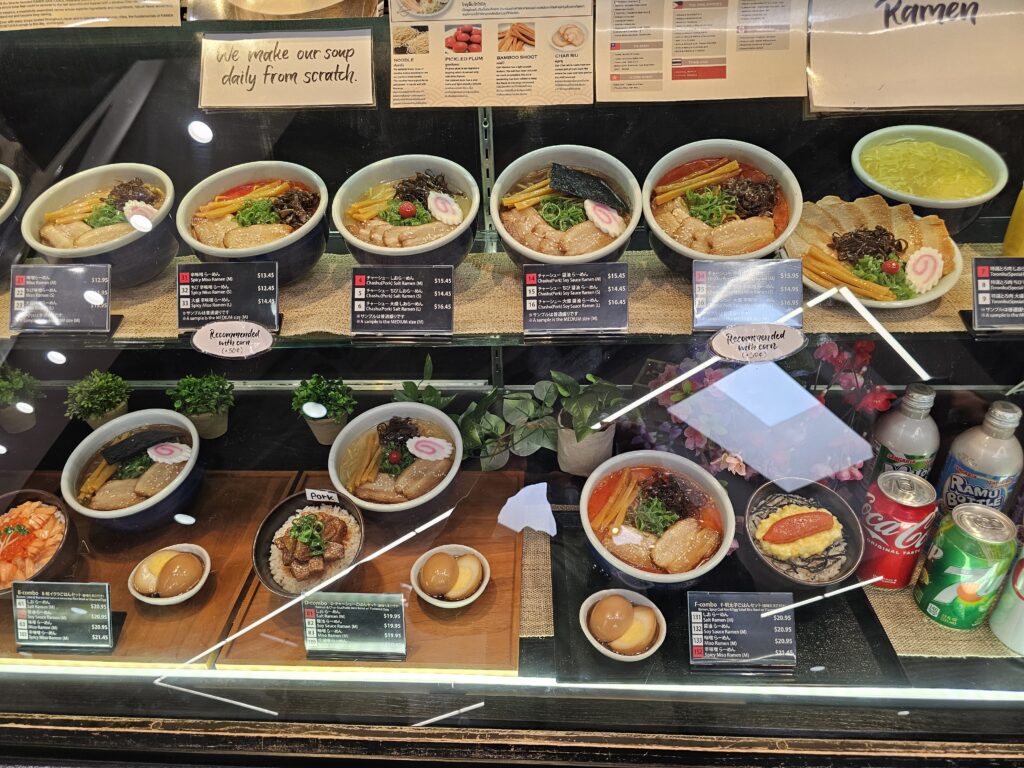
I opted for the Chashu Pork Soy Sauce Ramen (L) ($16.45). It doesn’t take too long for the food to come out, about 10 minutes or so. You get handed a ticket with a number and they’ll call it out over a microphone when it’s ready to pick it up.
The Ramen
The large is a pretty massive bowl. You get a lot of food with this. There were about 5 pieces of thick chashu in it along with bamboo shoots, green onion, a piece of nori, and the famous Santouka red pickled plum.
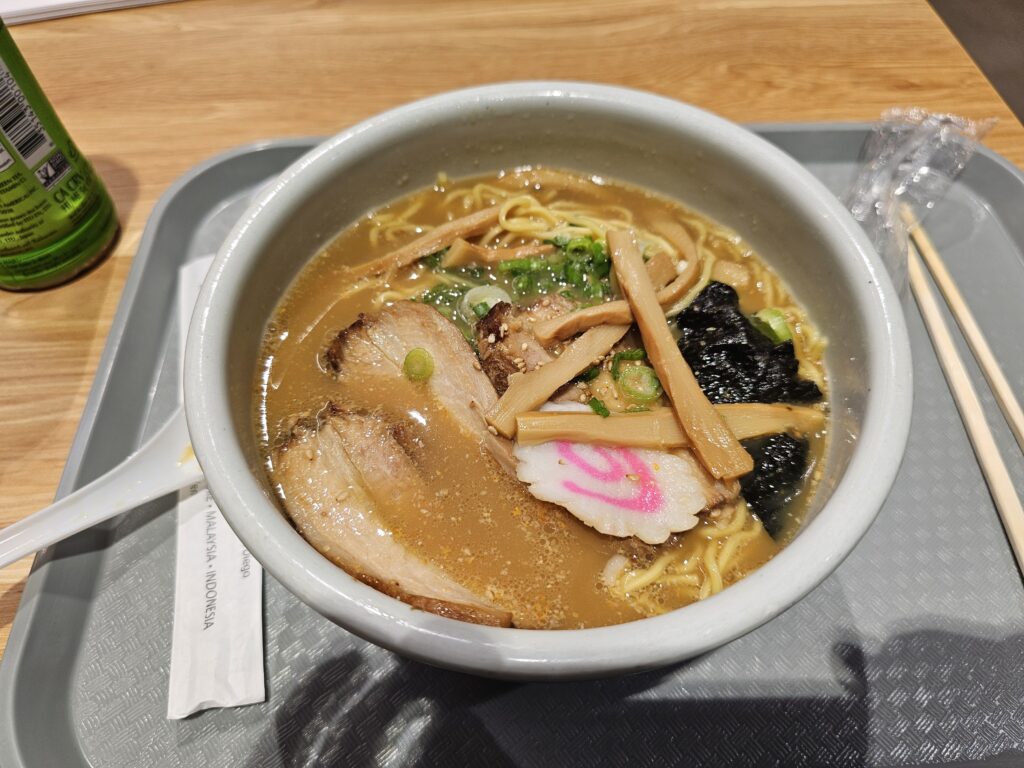
The broth offers a blend of both savory and a hint of fish, enriched with the addition of the soy sauce. It’s not an incredibly rich or deep flavored broth, which is a nice change of pace if you’ve had a lot of tonkatsu broth of late. That doesn’t mean the broth isn’t satisfying. It’s a well-balanced, almost comforting, kind of broth, which is always enjoyable.
The noodles are fairly firm. A little thick for ramen noodles but have a nice bounce to them and a good overall texture. Quite delicious!
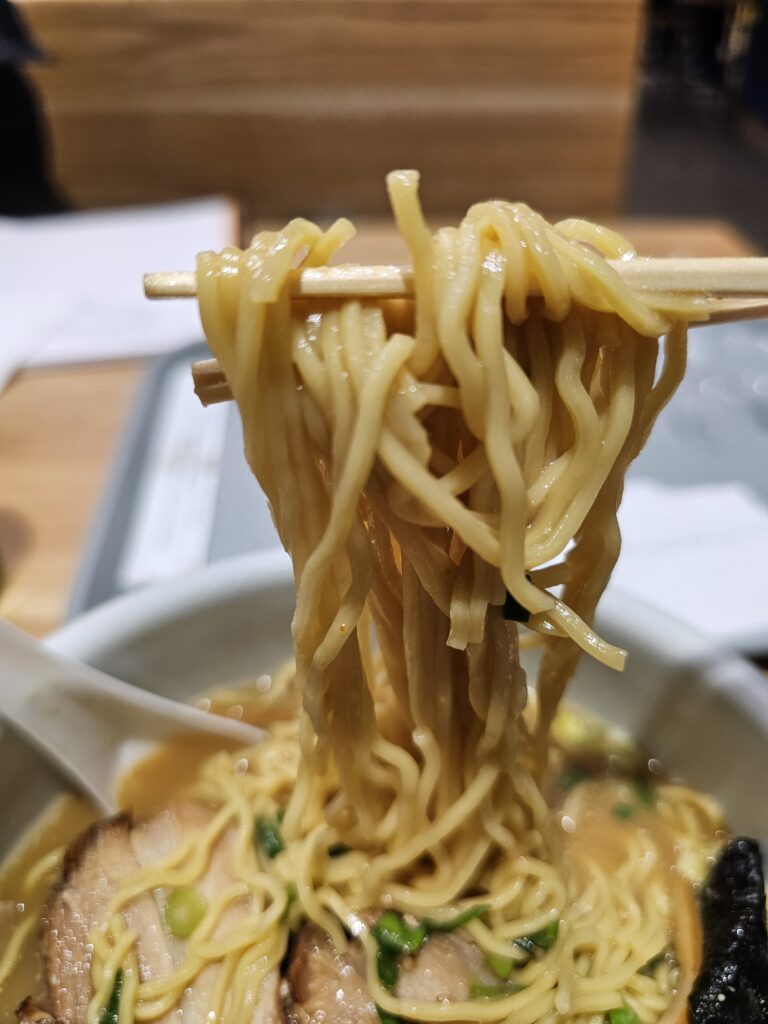
The chashu pieces were meaty, fairly thick, and well seasoned. The chashu is very flavorful, with minimal fat. With the large bowl you get a lot of pieces which was awesome.
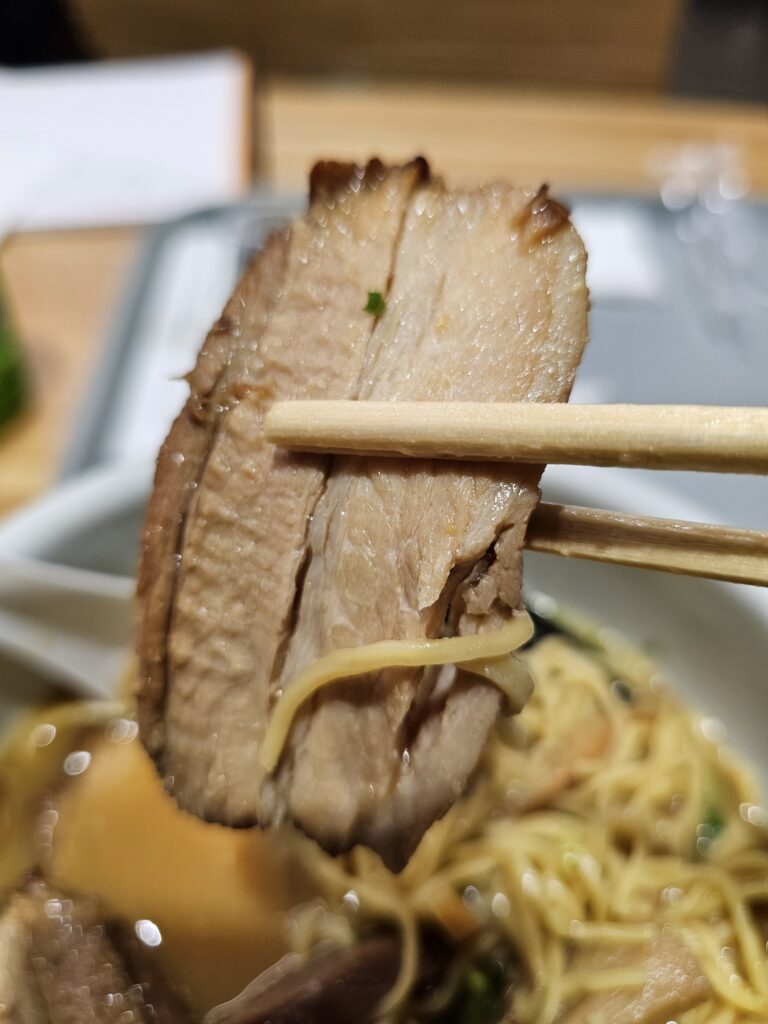
The Verdict
Hokkaido Ramen Santouka is an excellent choice for ramen in the Costa Mesa area (which has a TON of ramen places). What’s most enjoyable about it is that they specialize in shio and soy sauce ramen, which you can find at other ramen locations, but it’s not their specialty like it is here.
The soy sauce ramen is definitely a different tasting experience than the usual tonkatsu and I’d highly recommend giving a try if you’re a ramen lover wanting to try something newish.
Afterwards you can also walk around Mitsuwa and do some shopping and grab some Japanese snacks to boot. Not too shabby!

